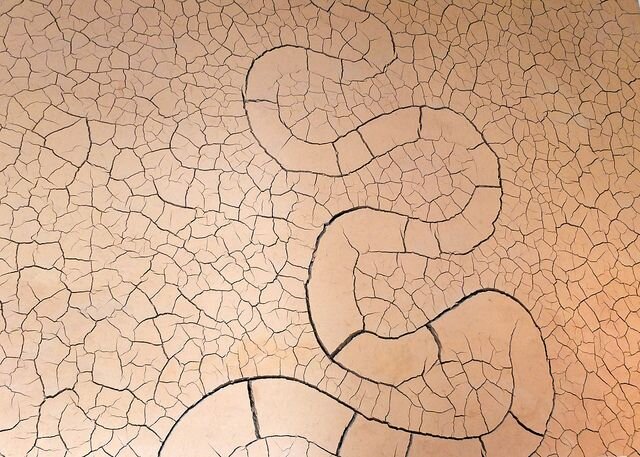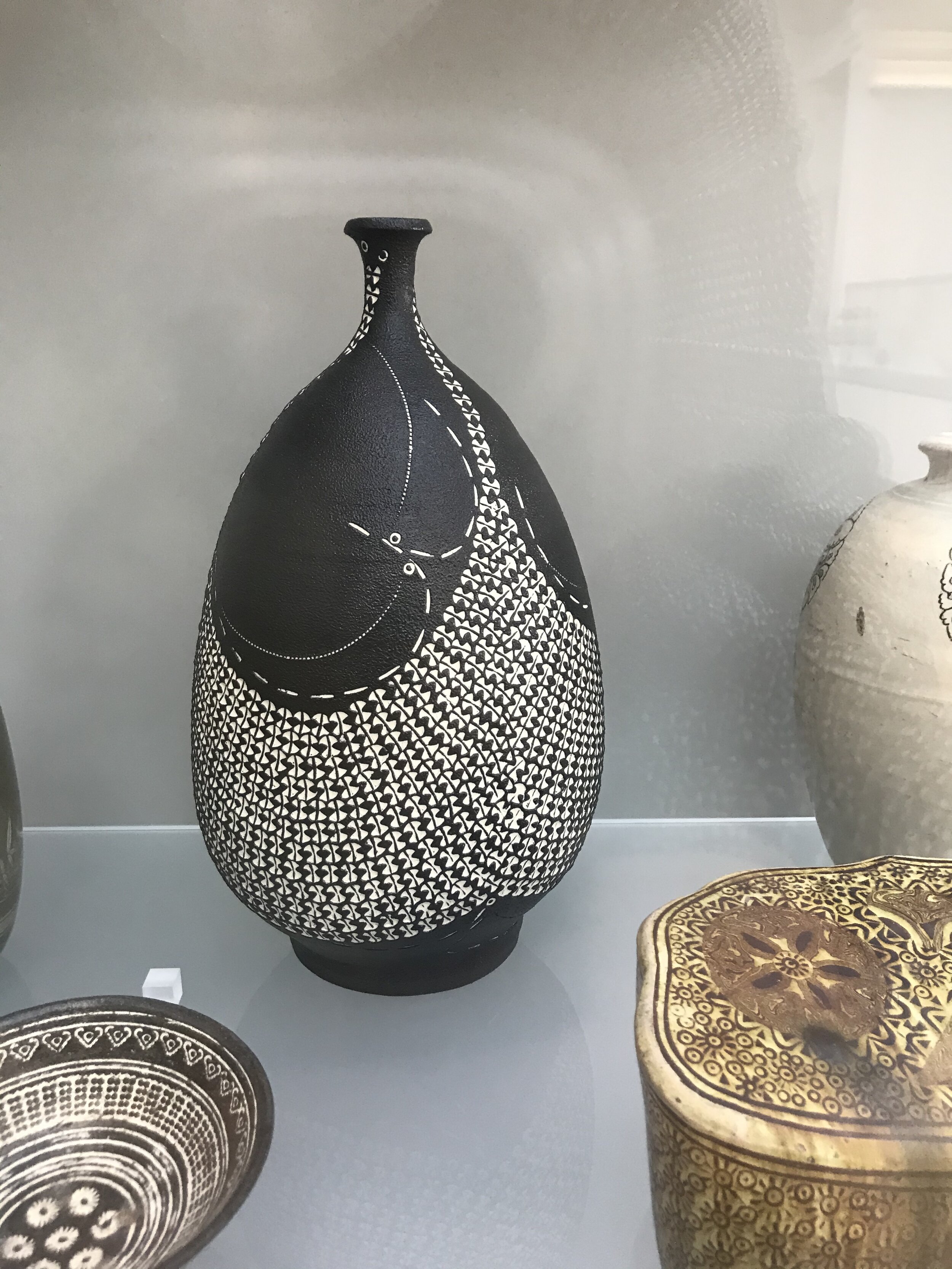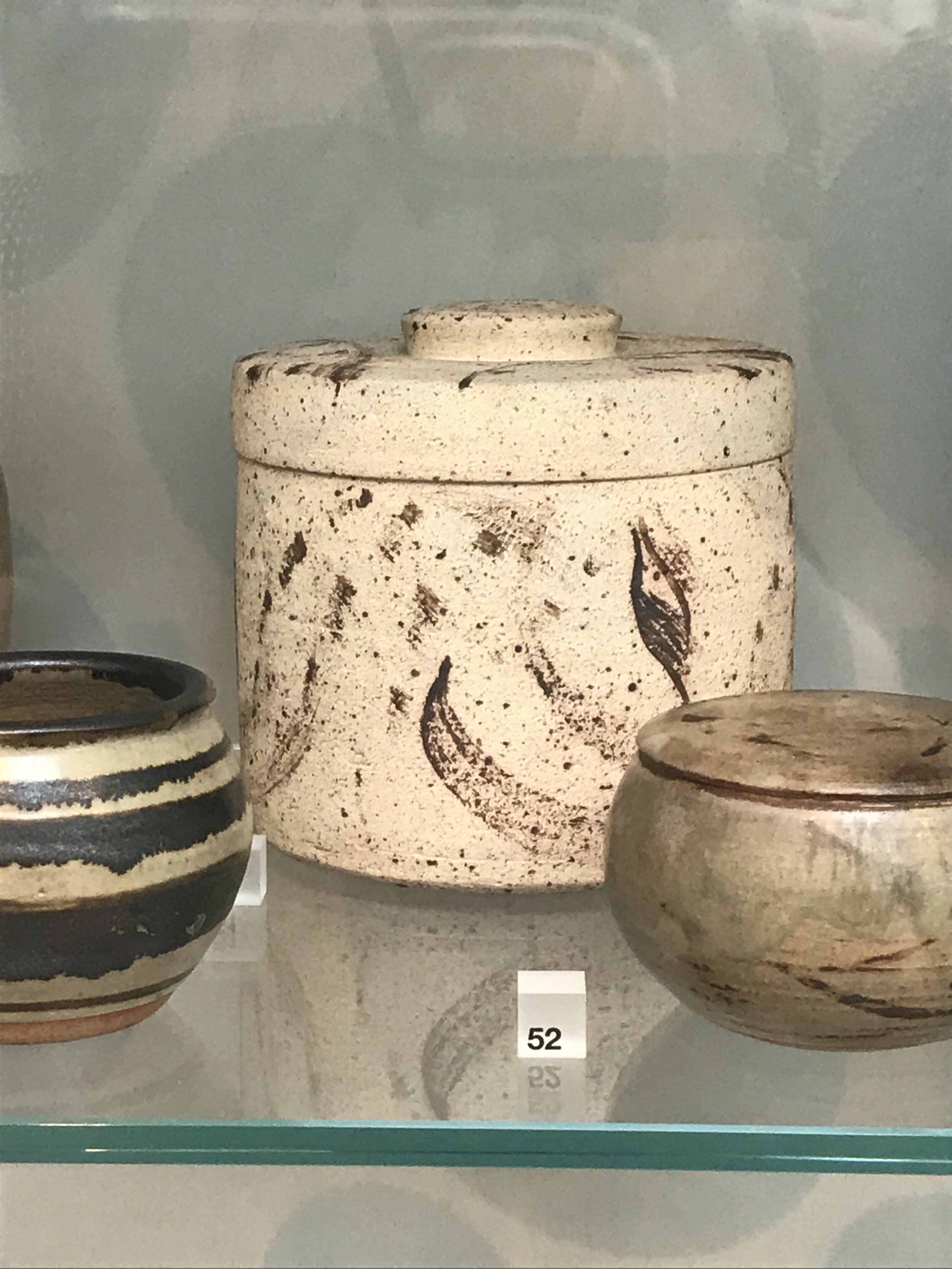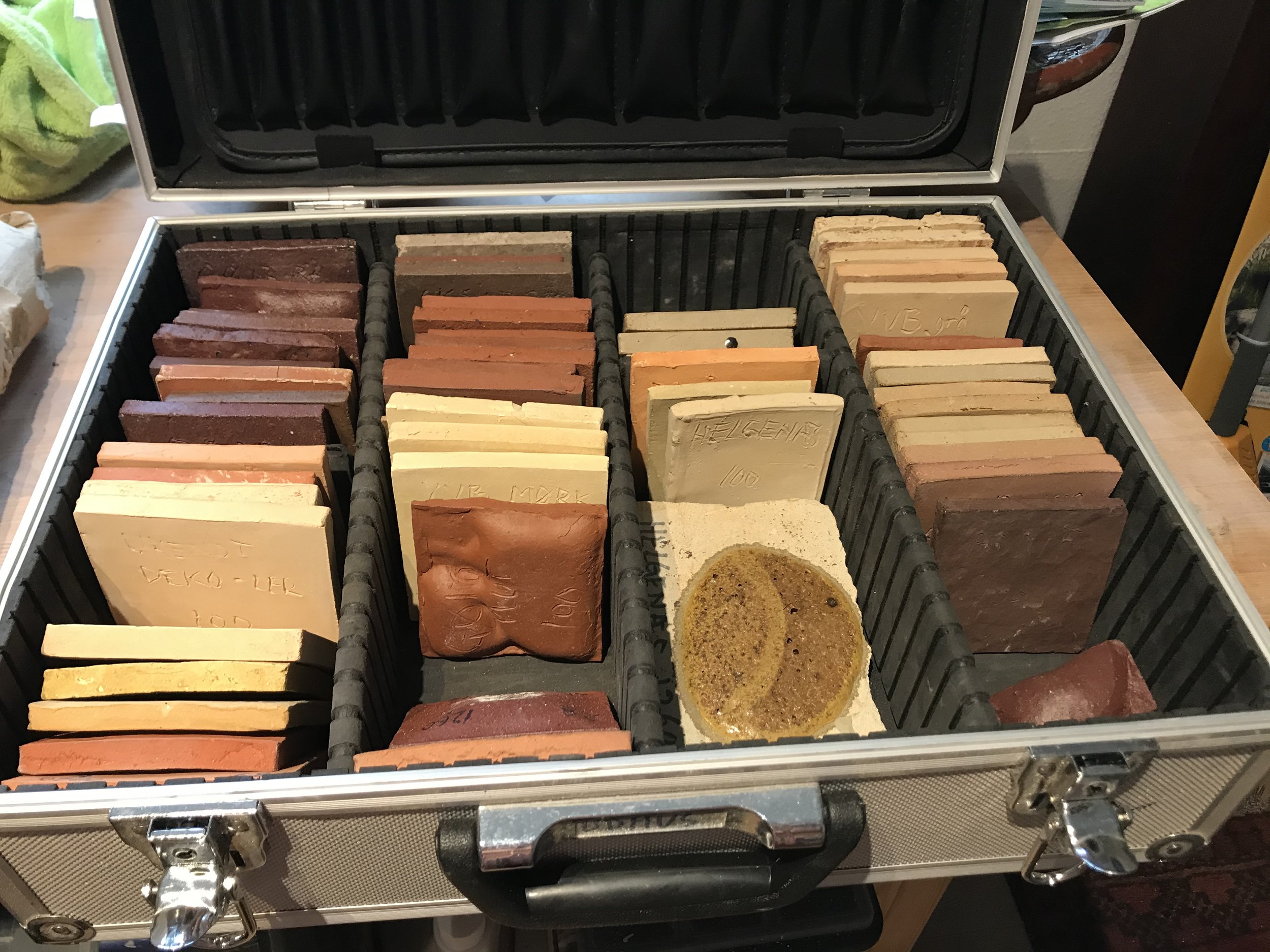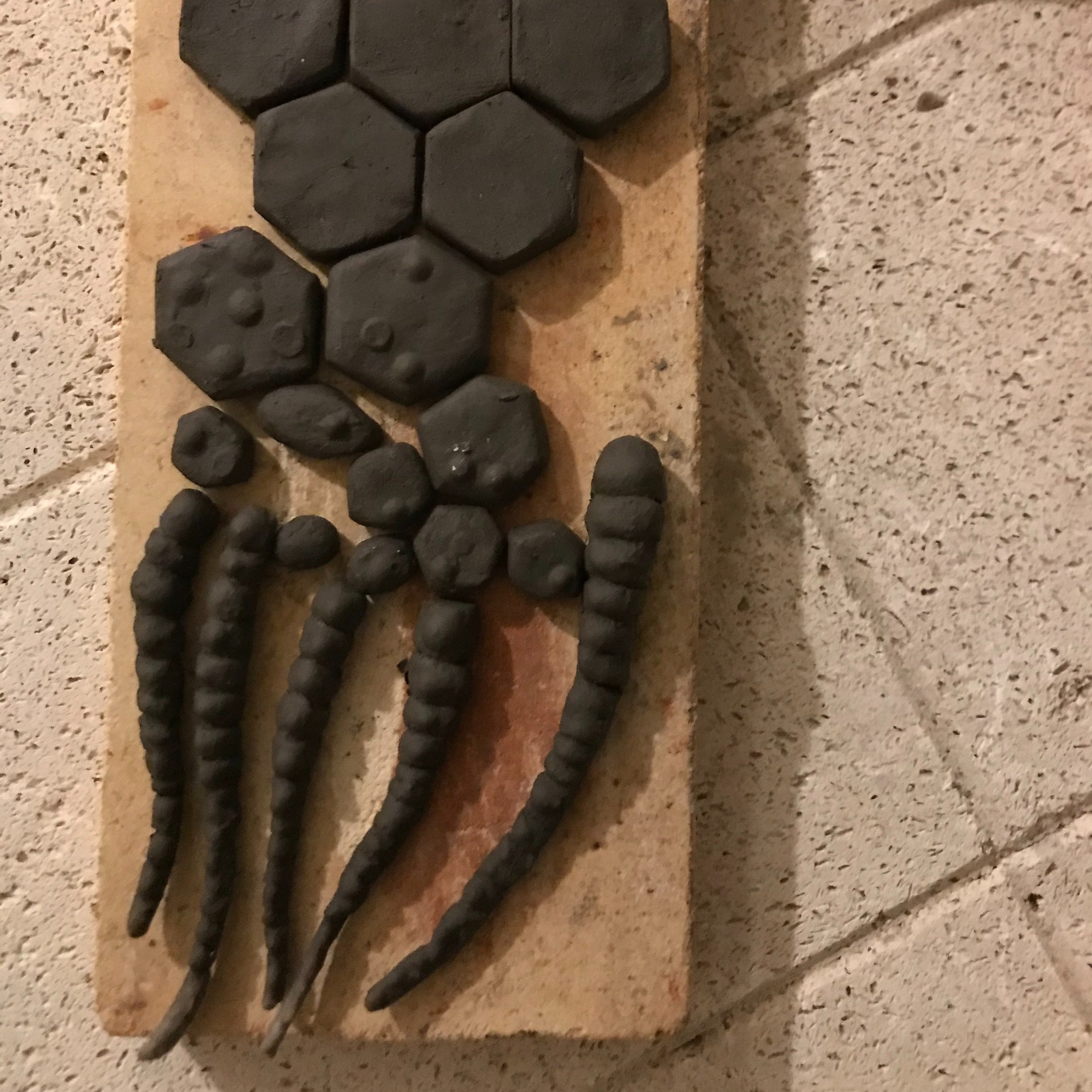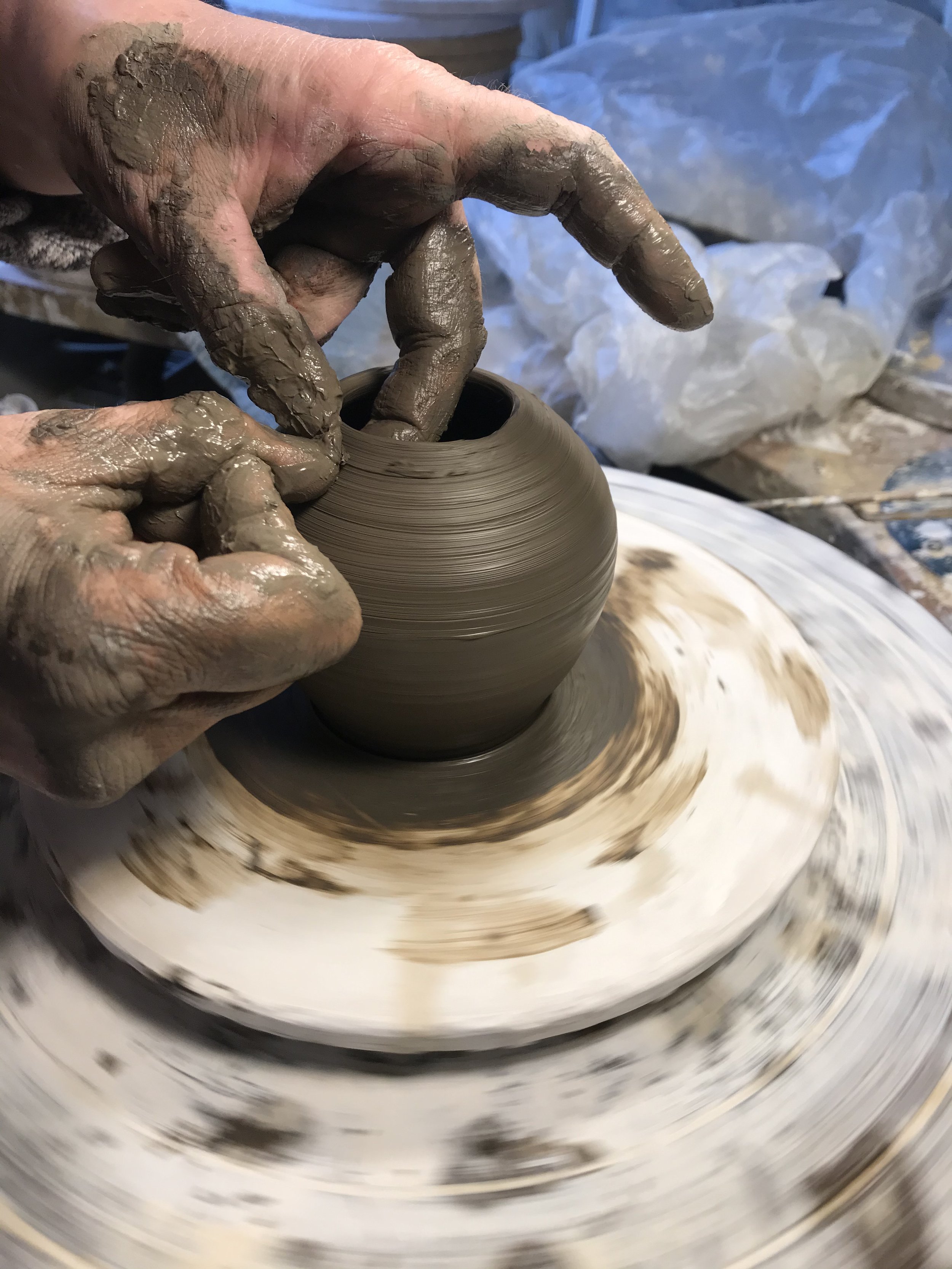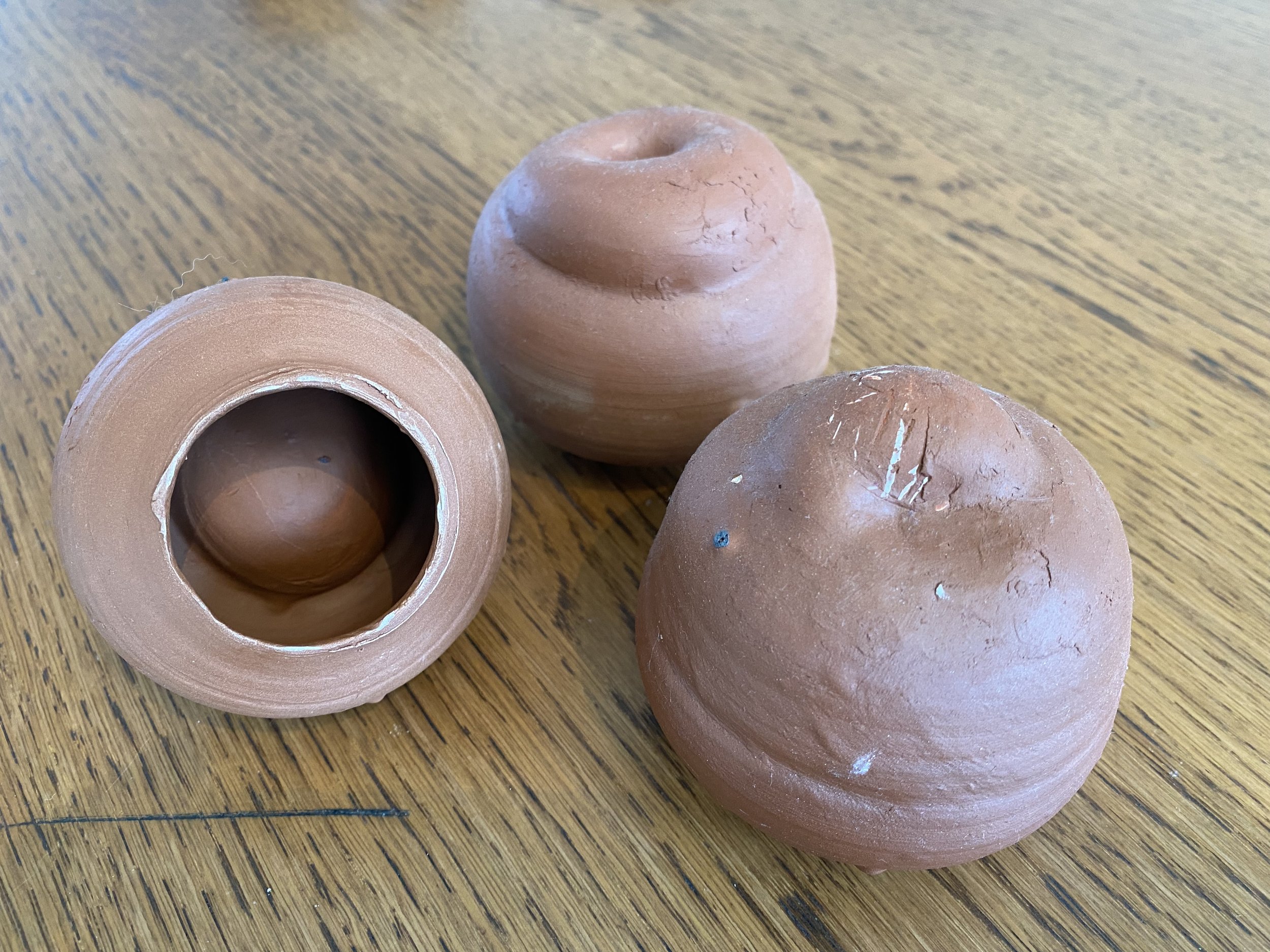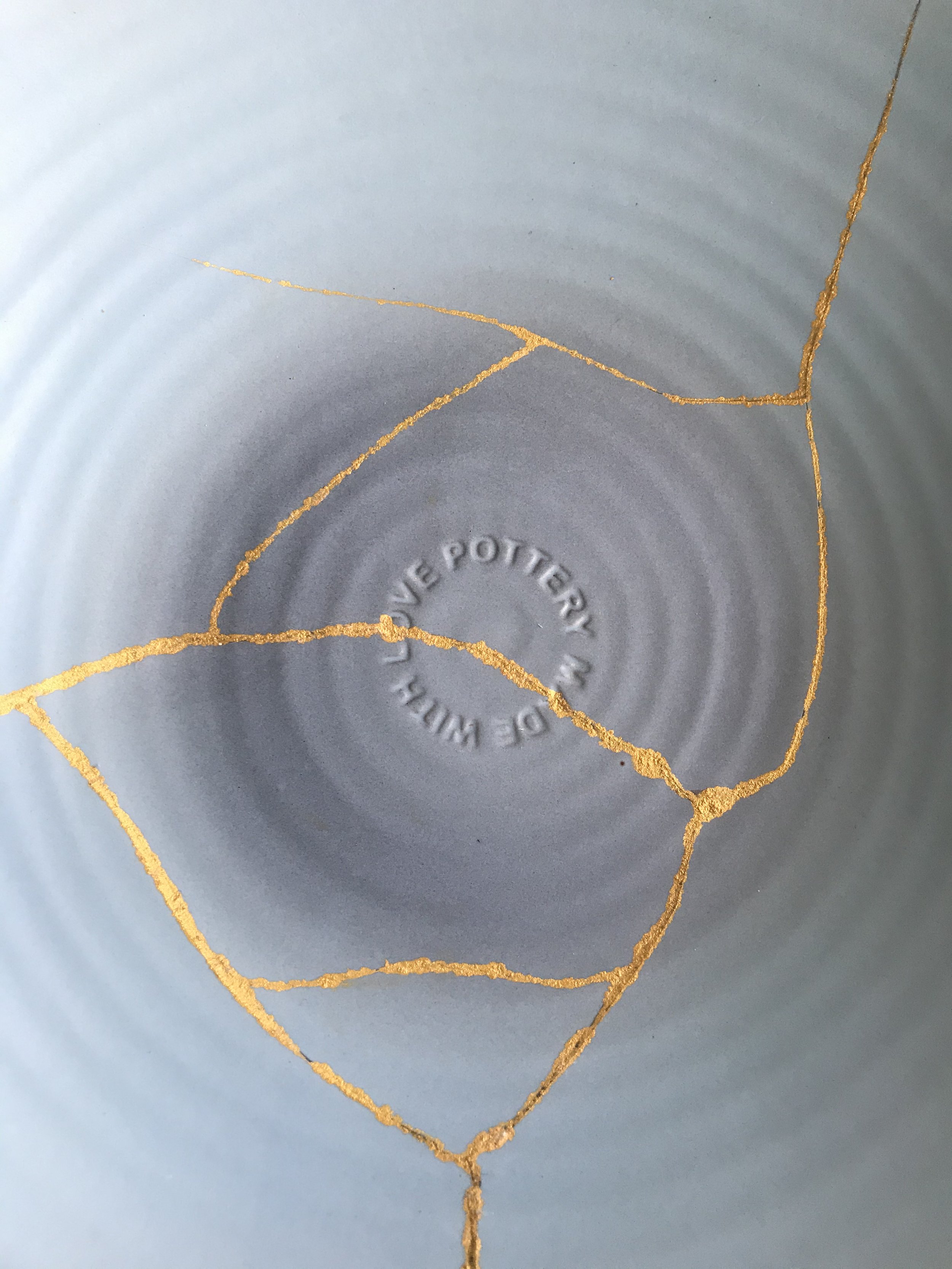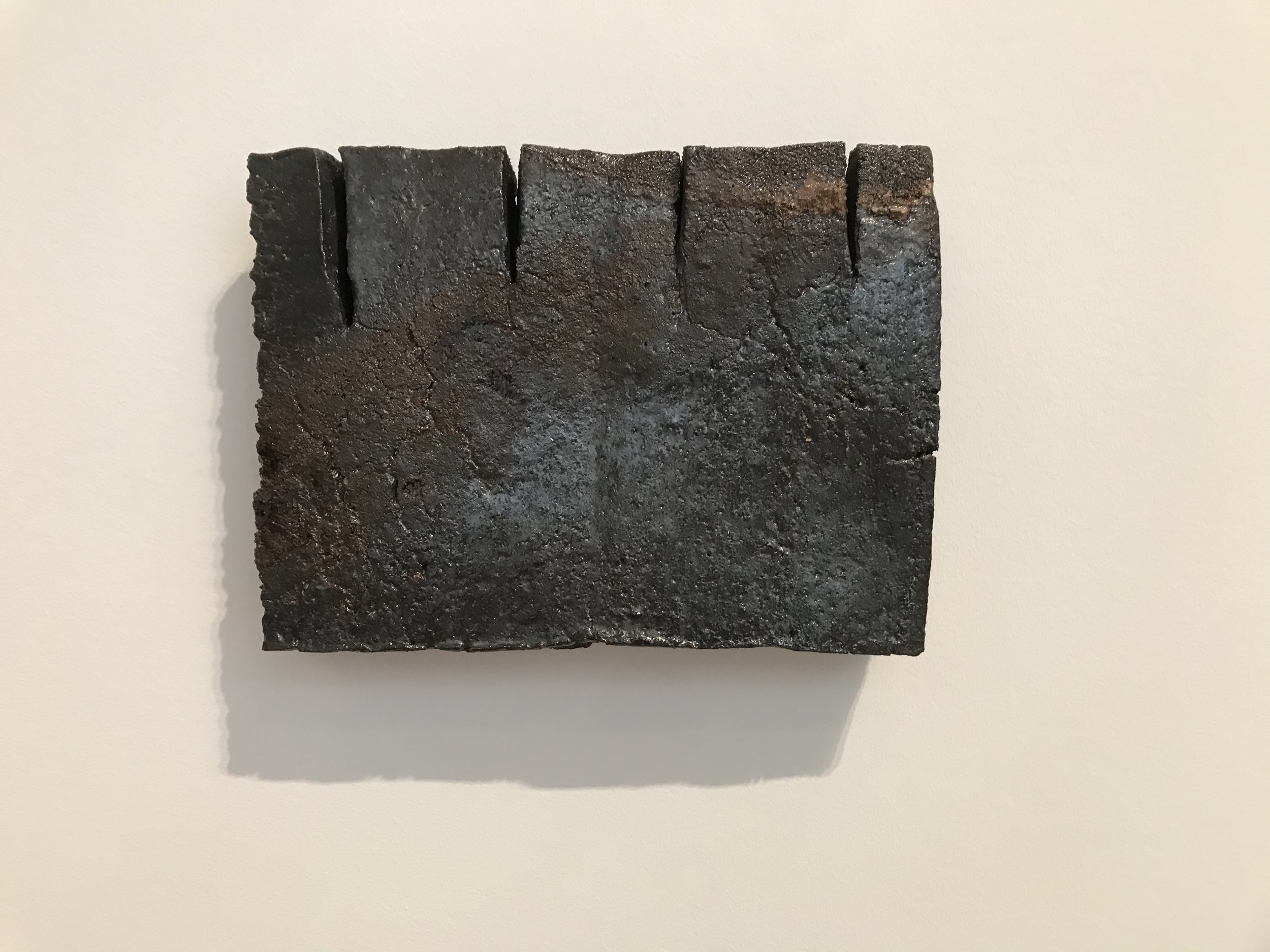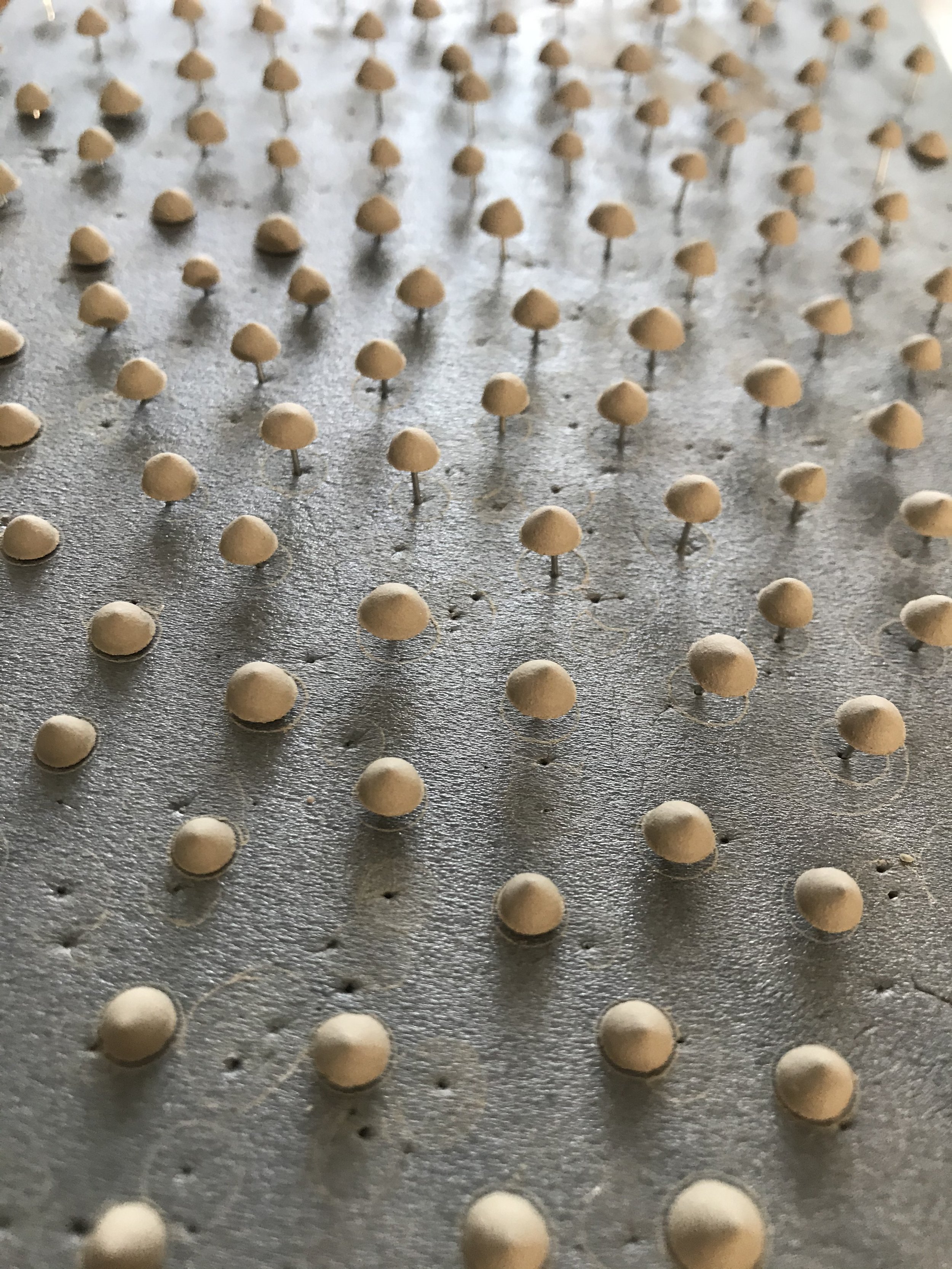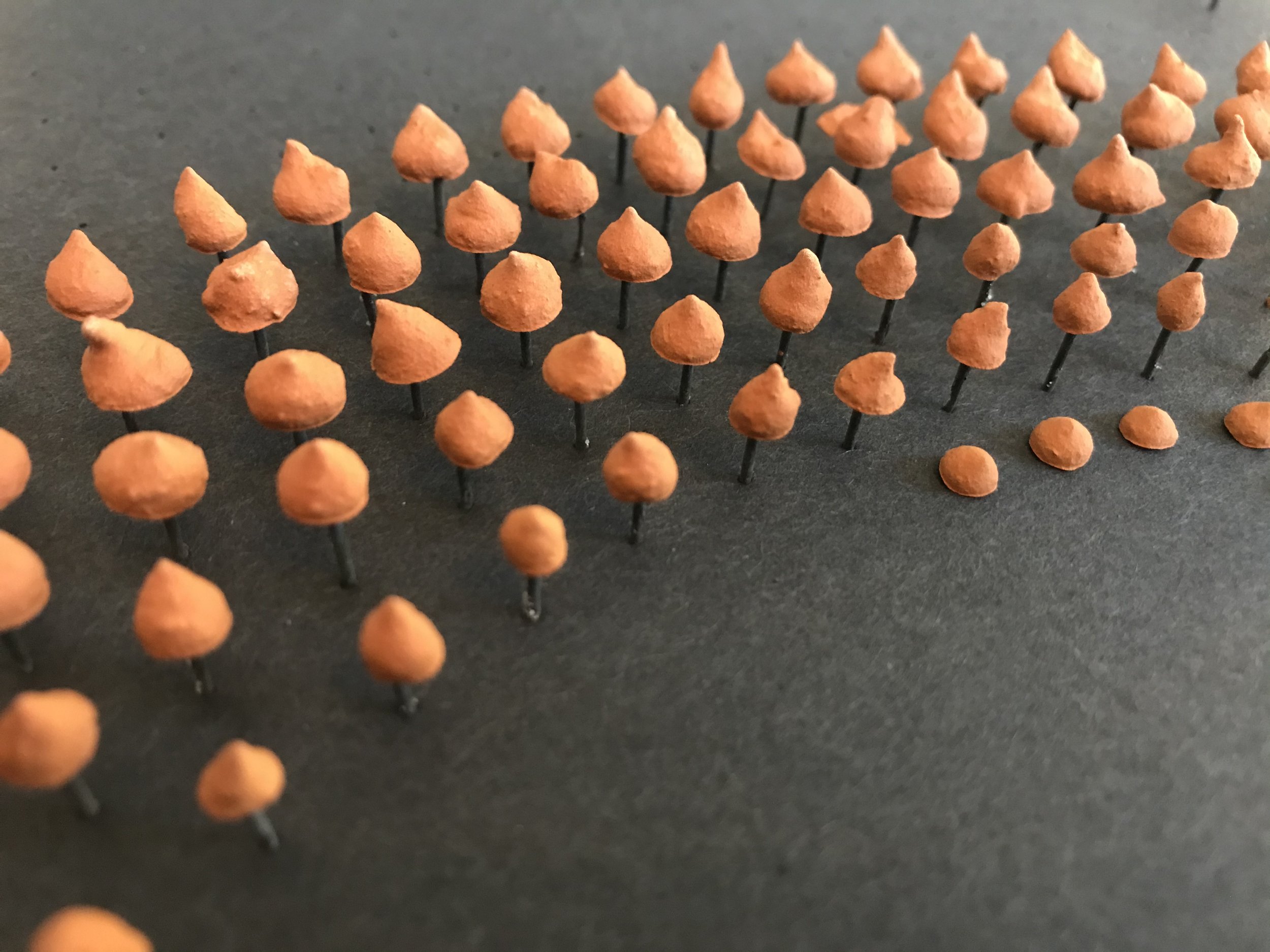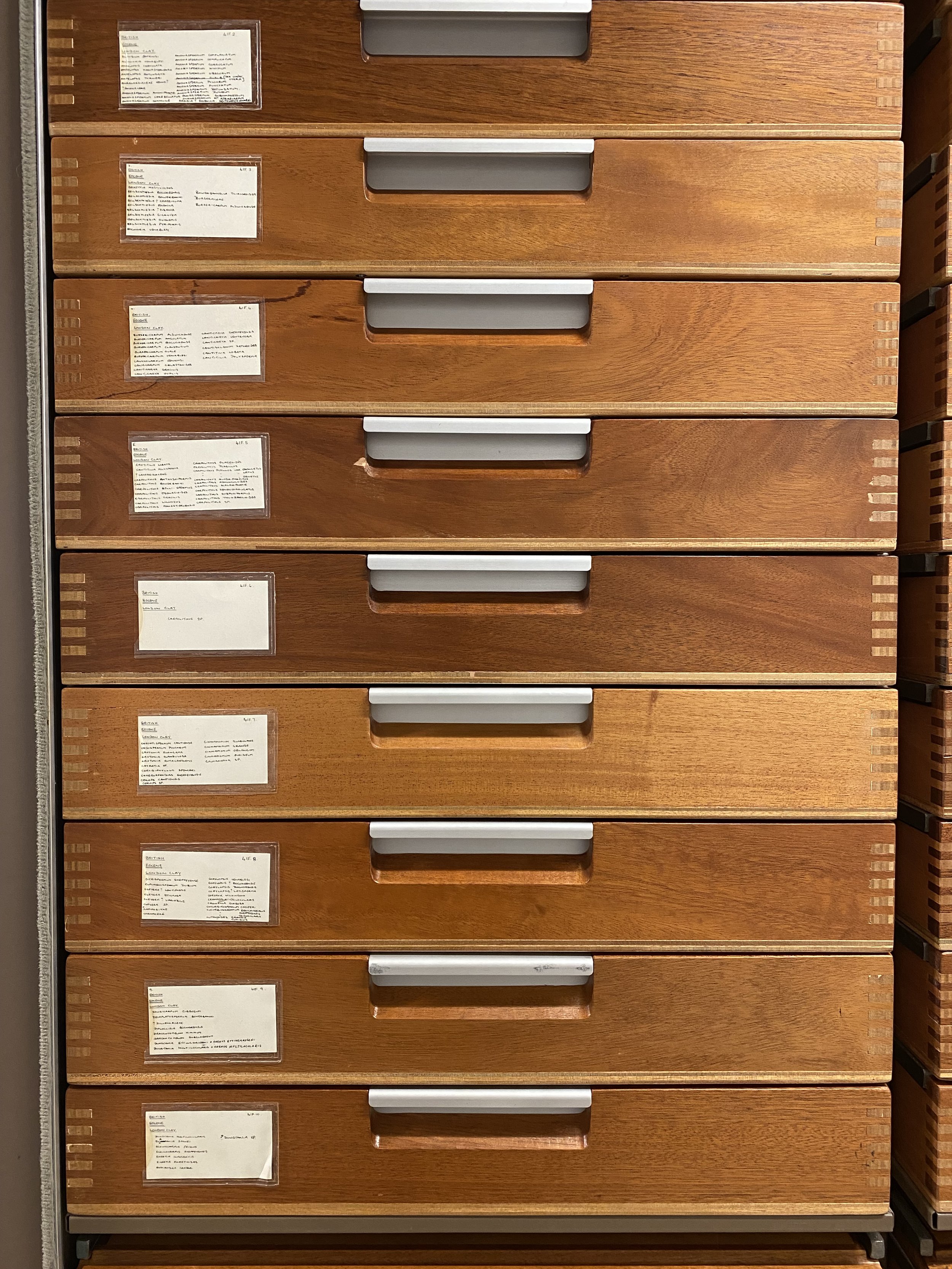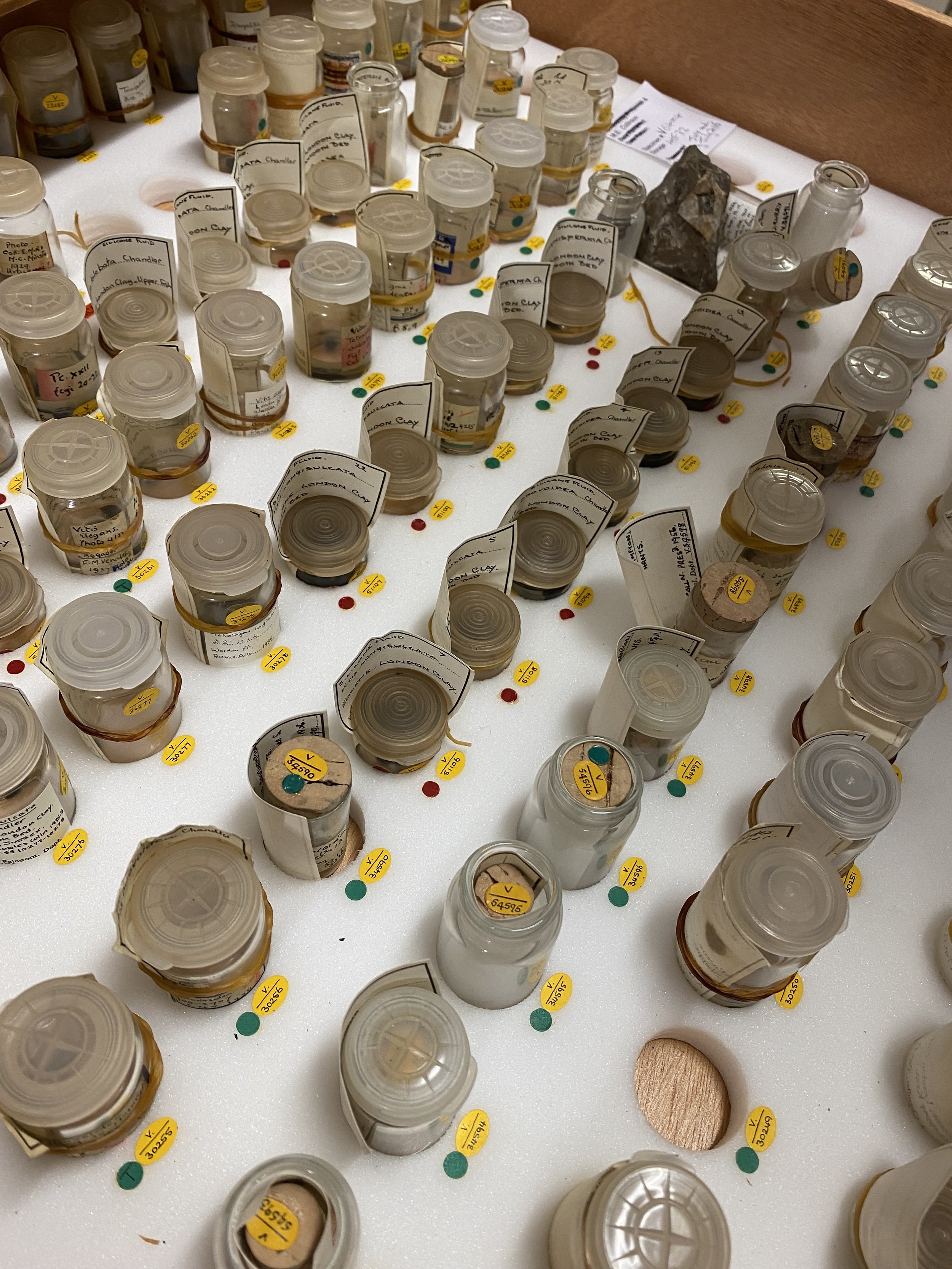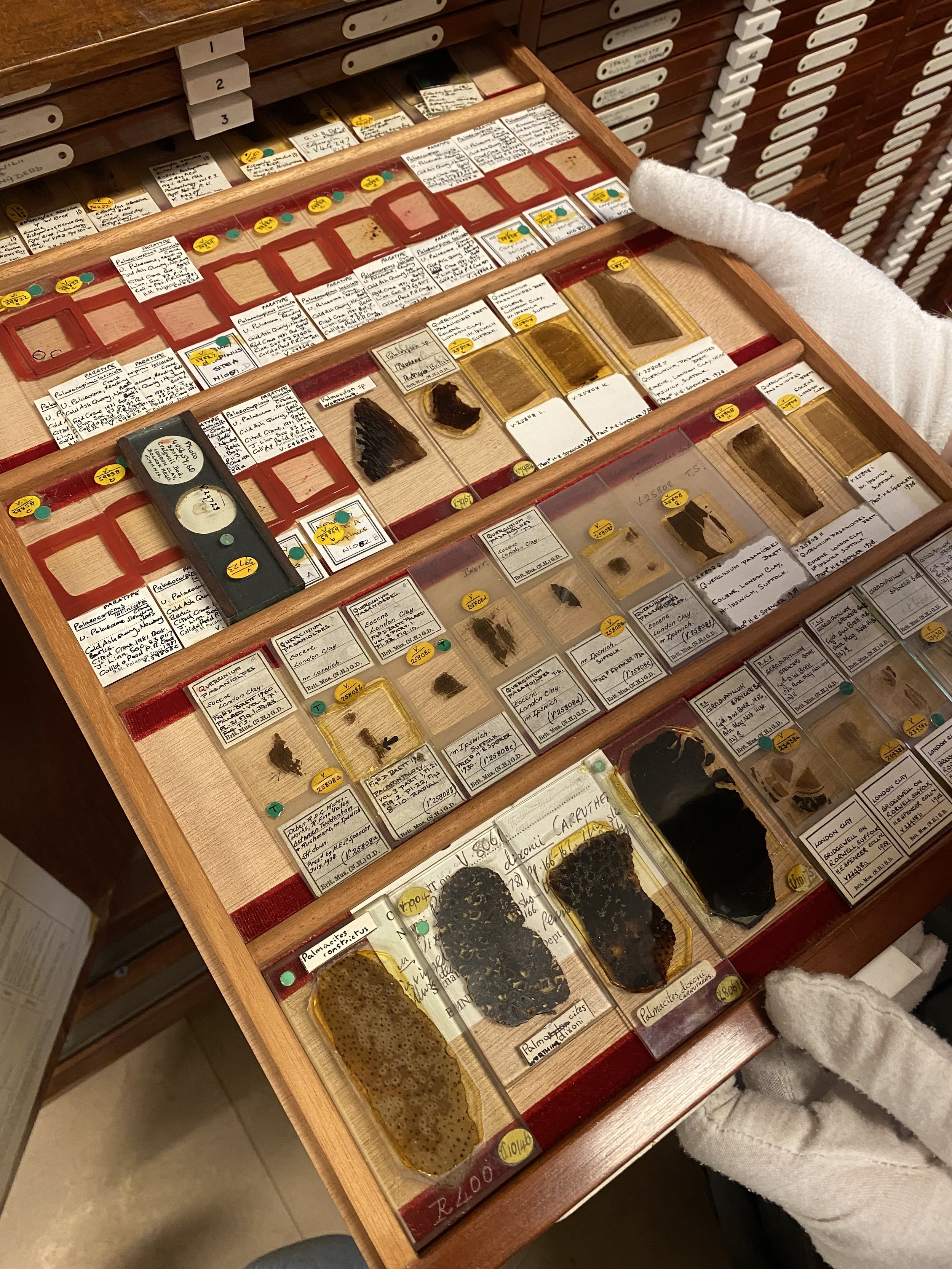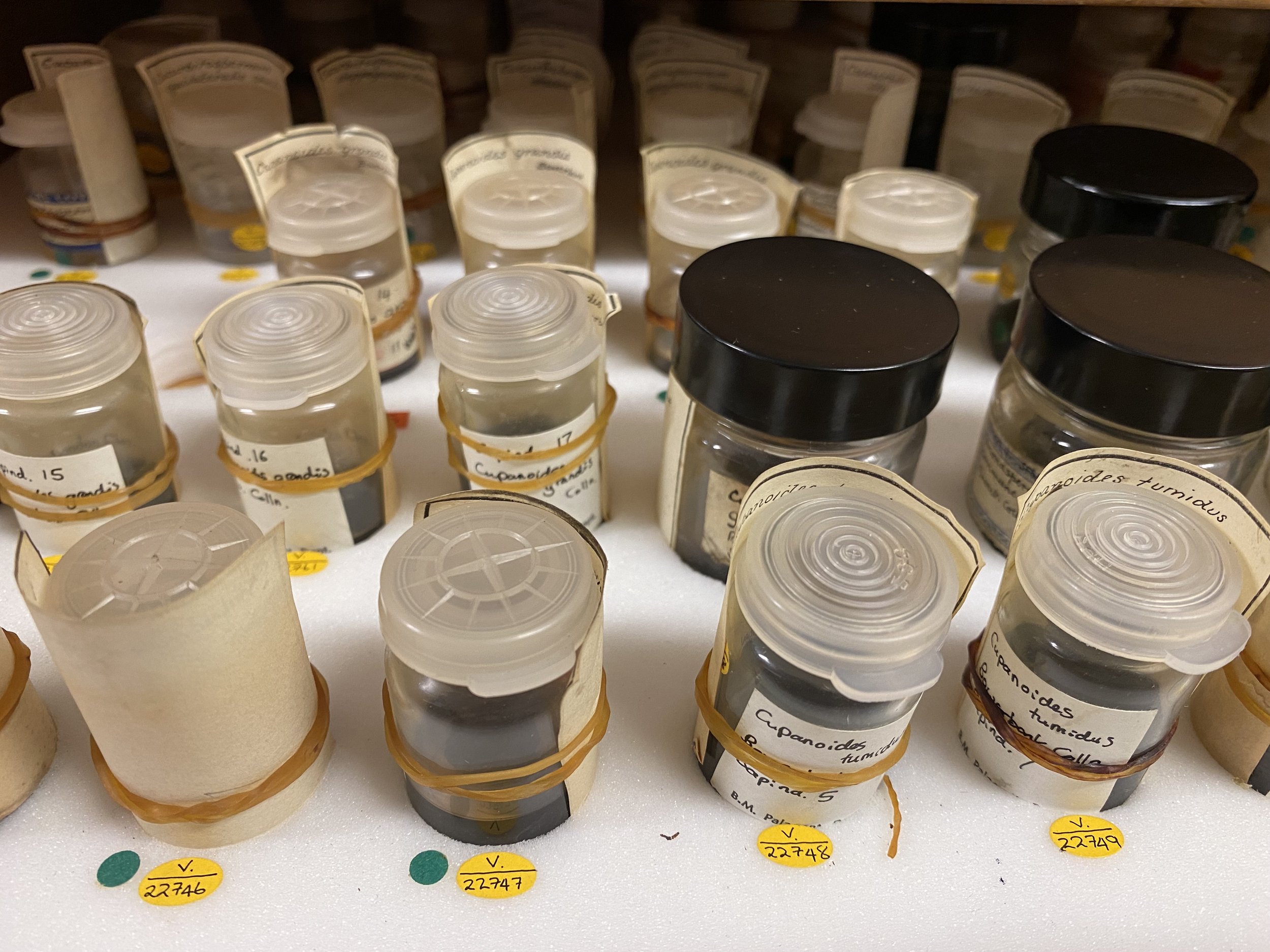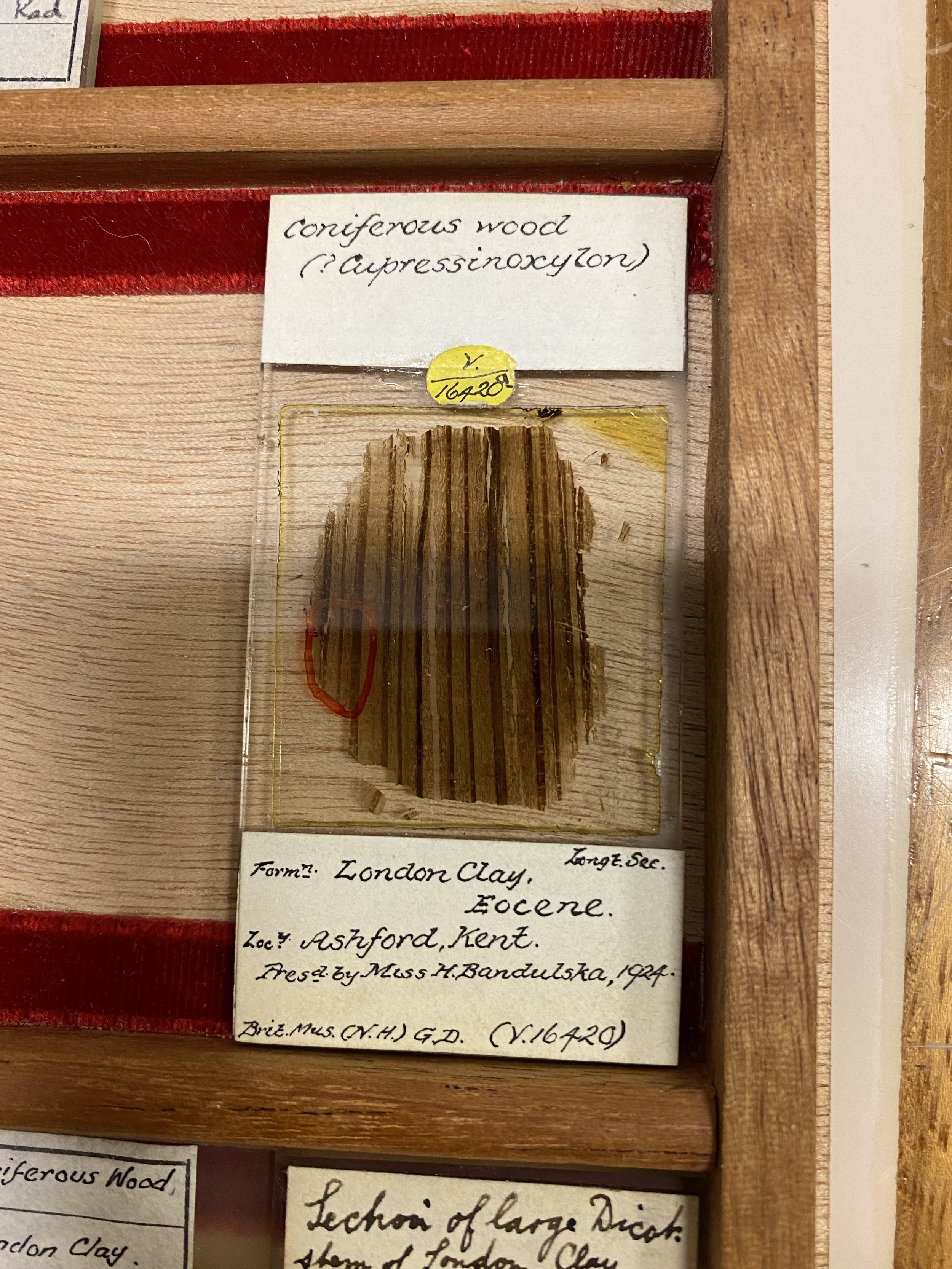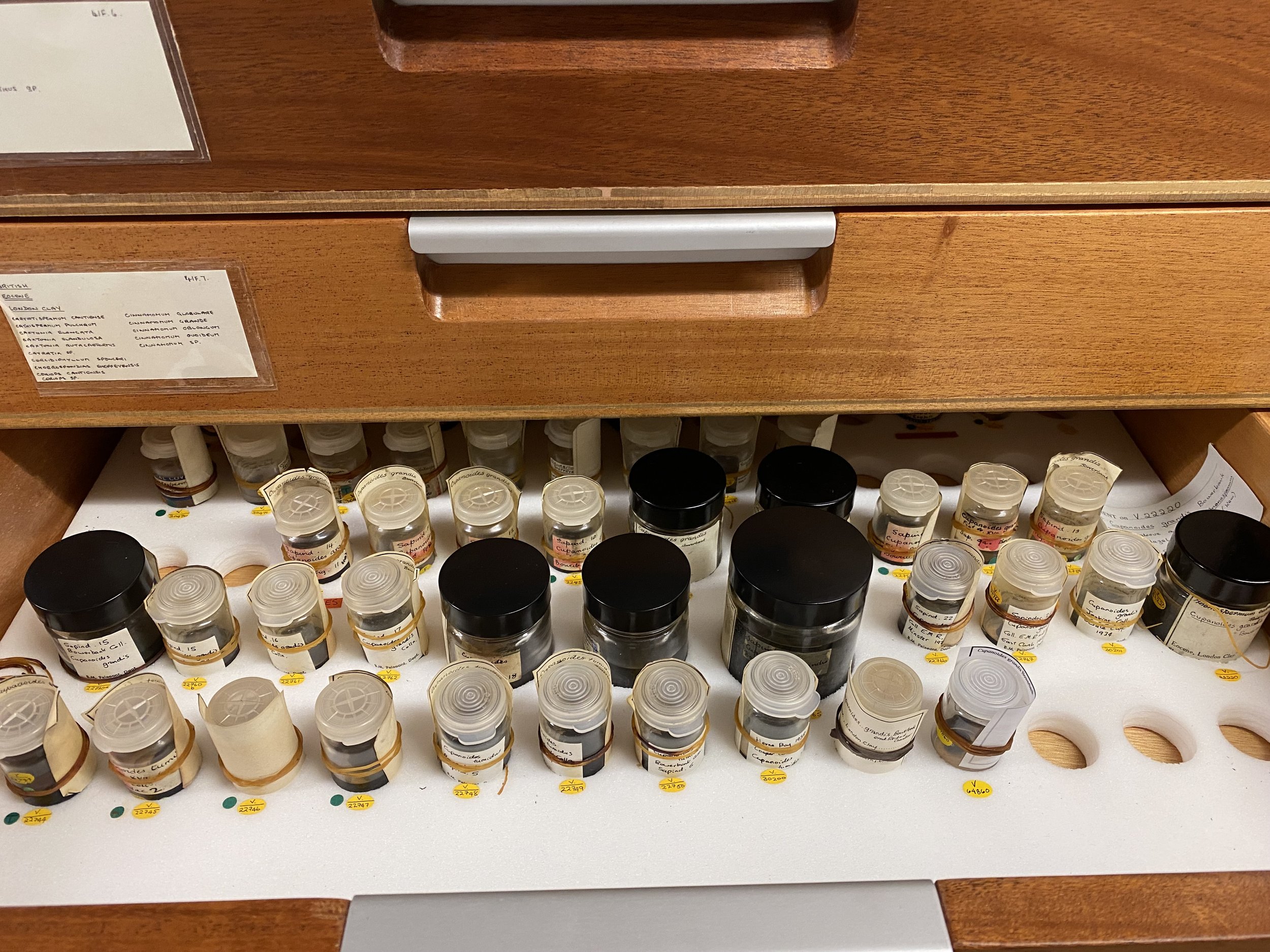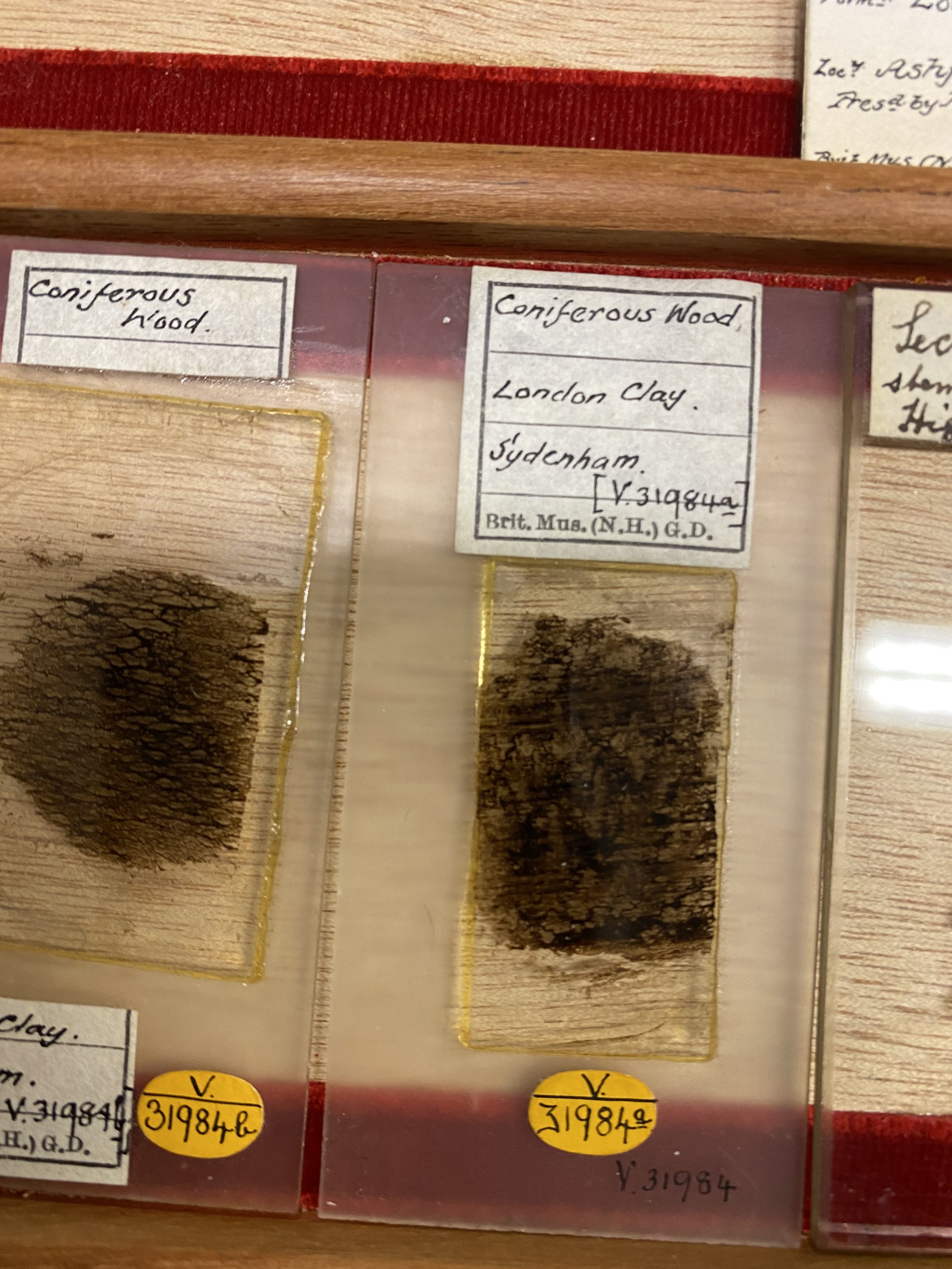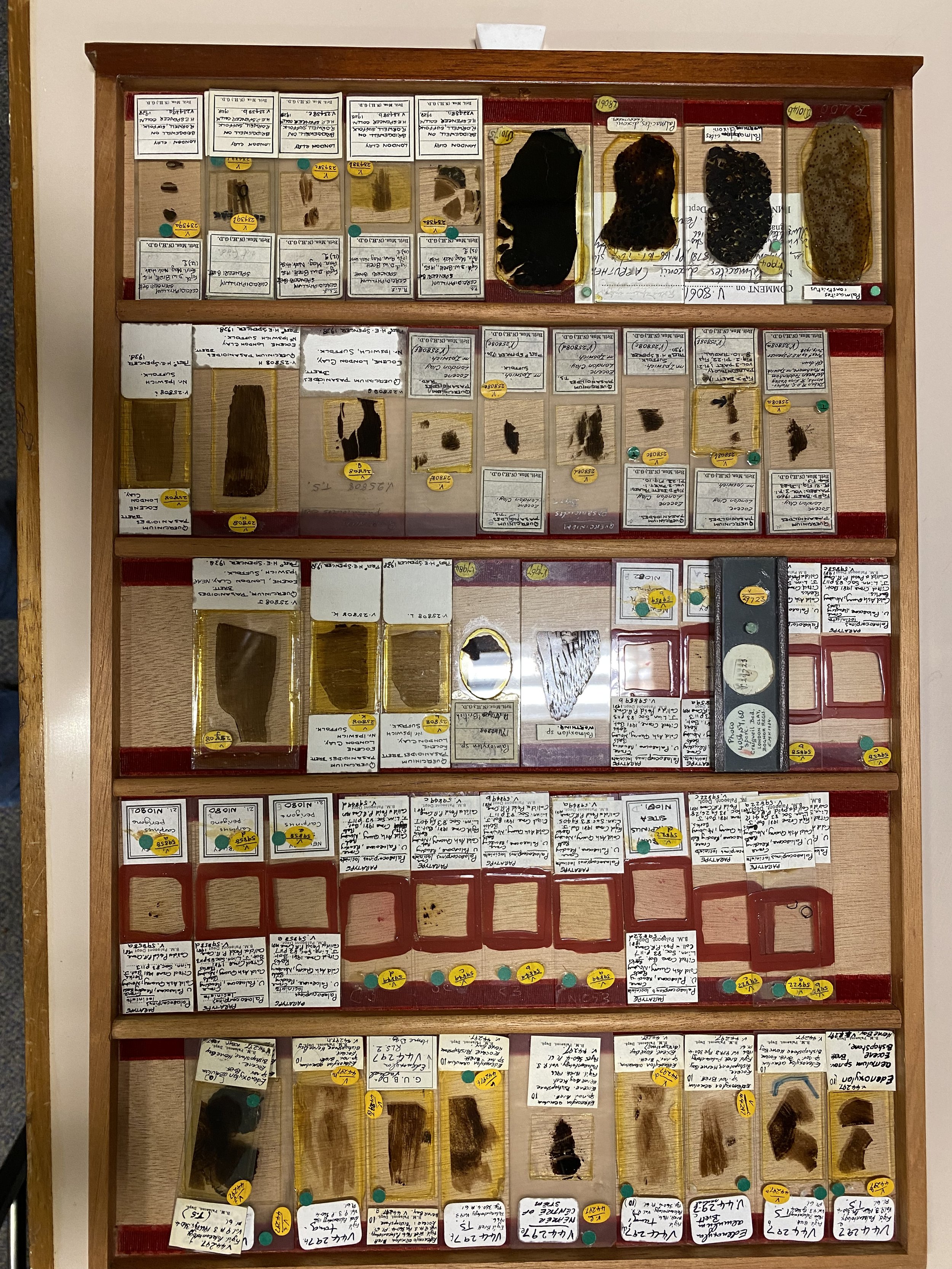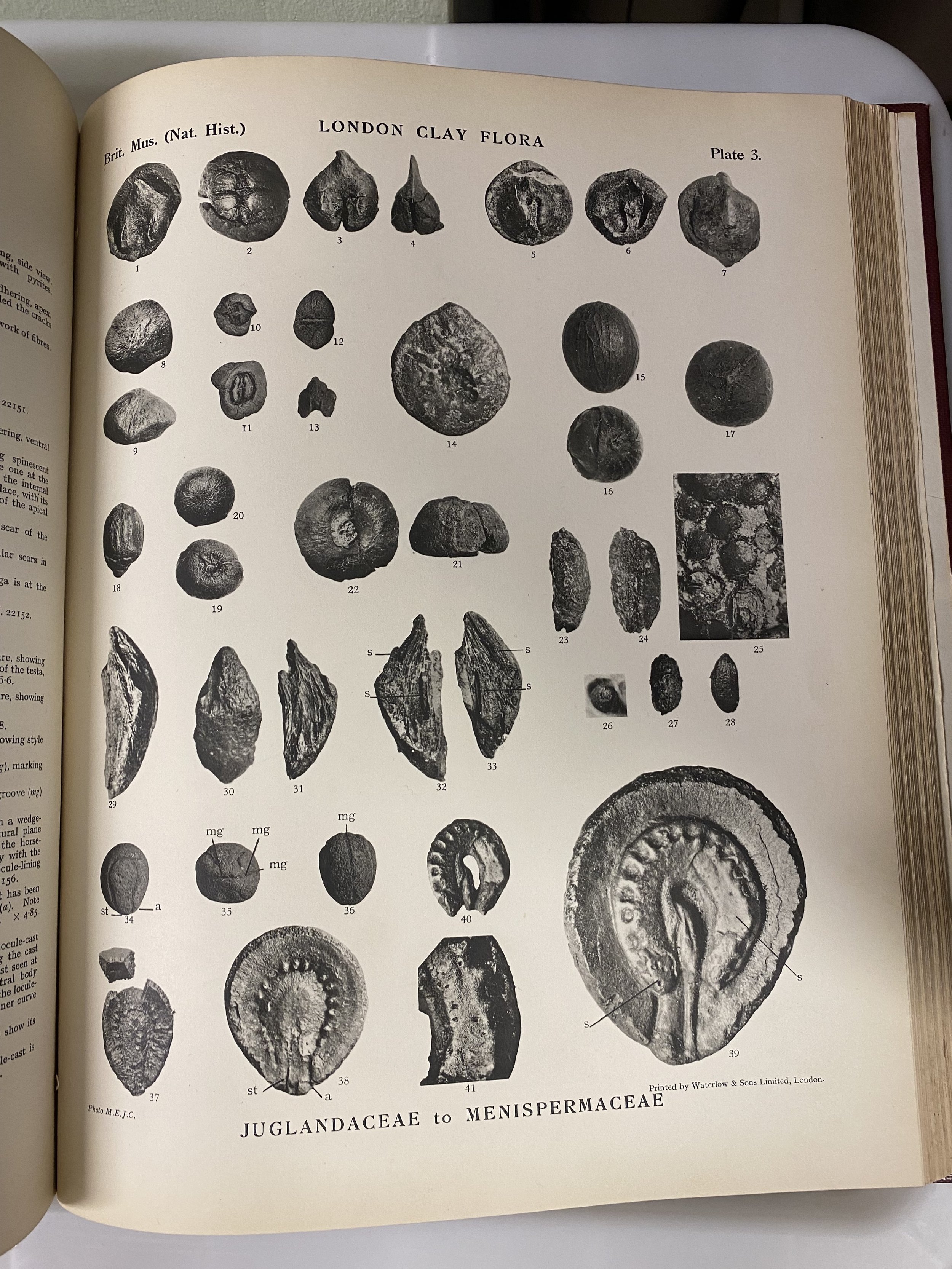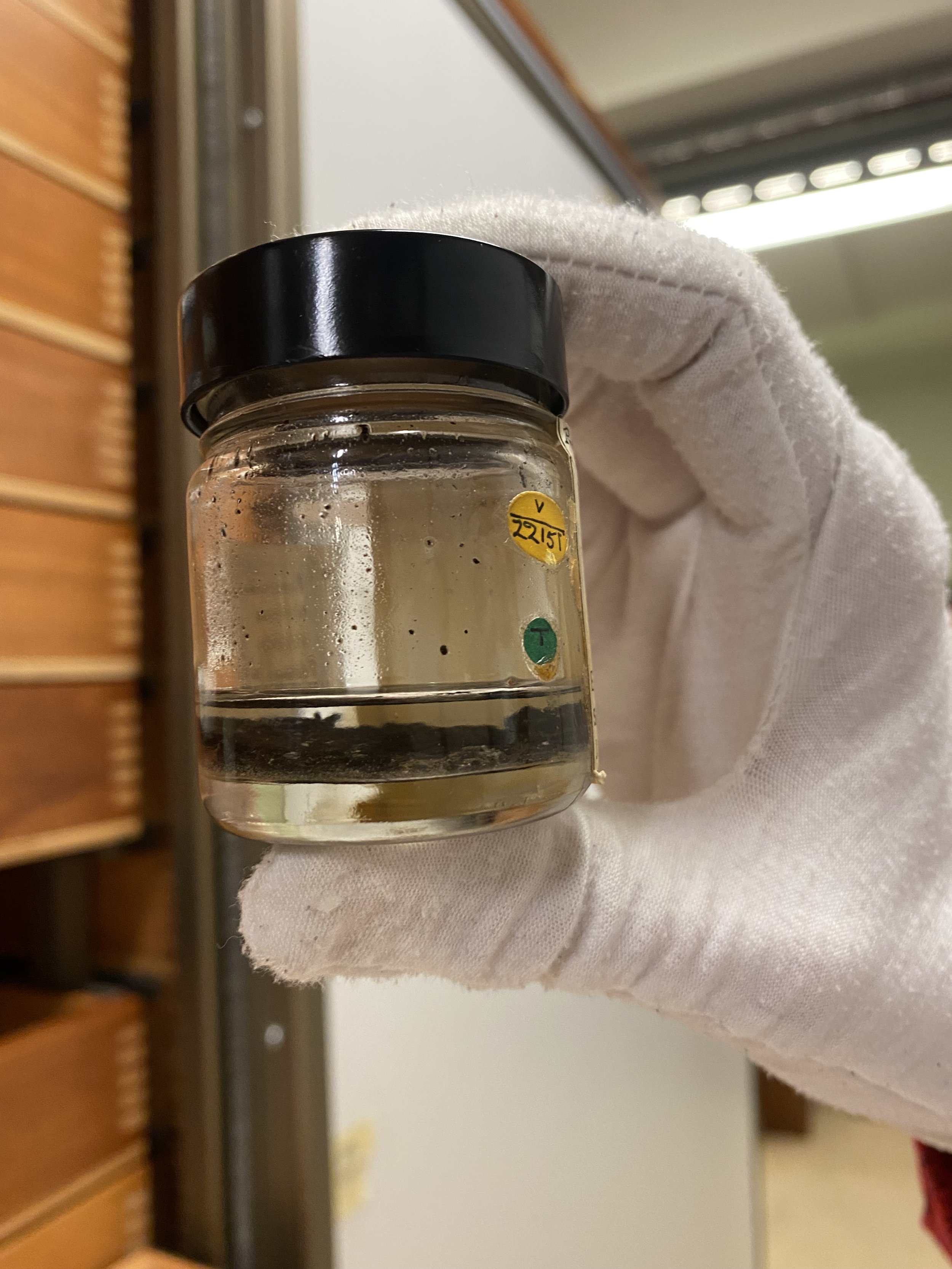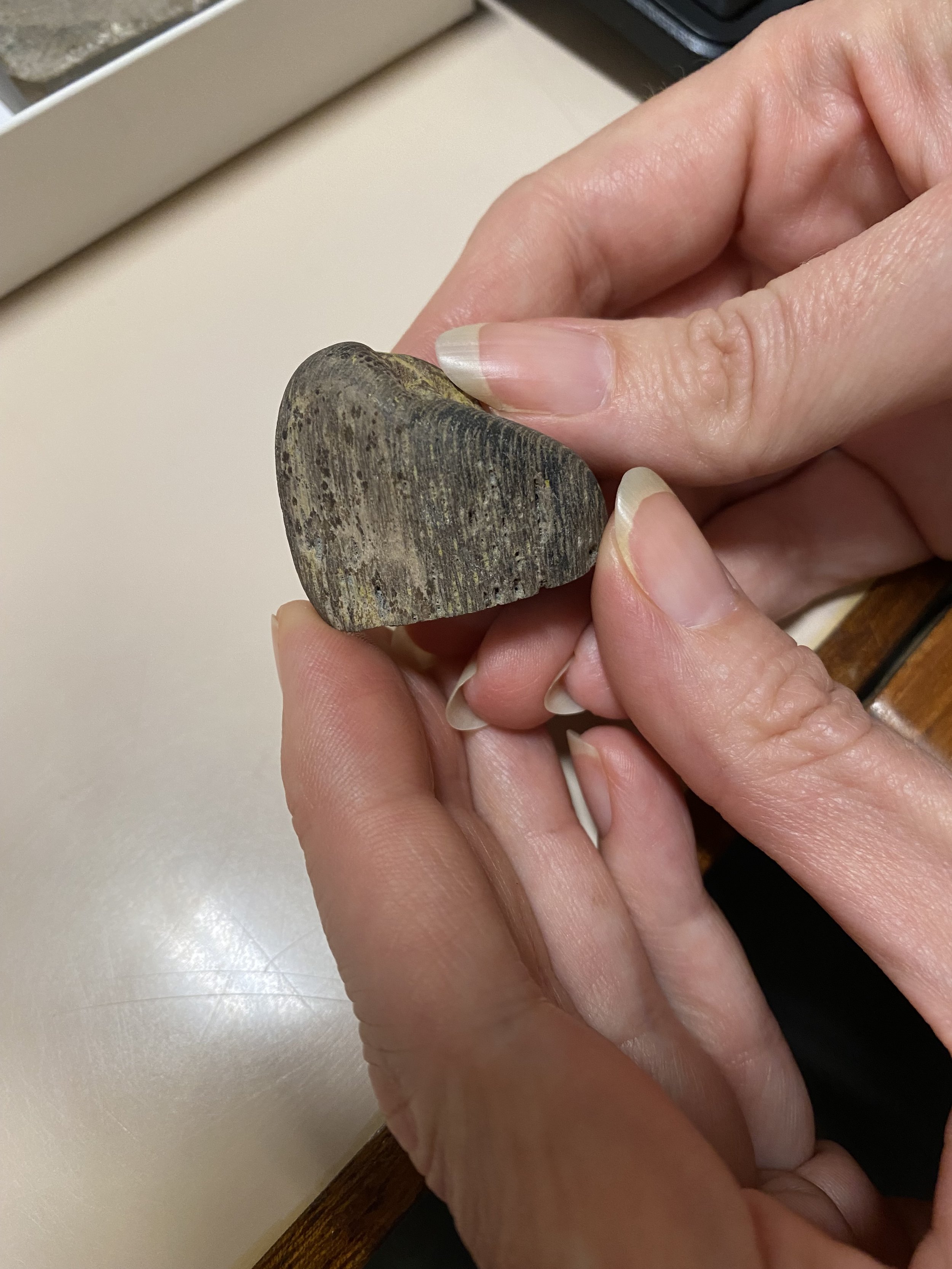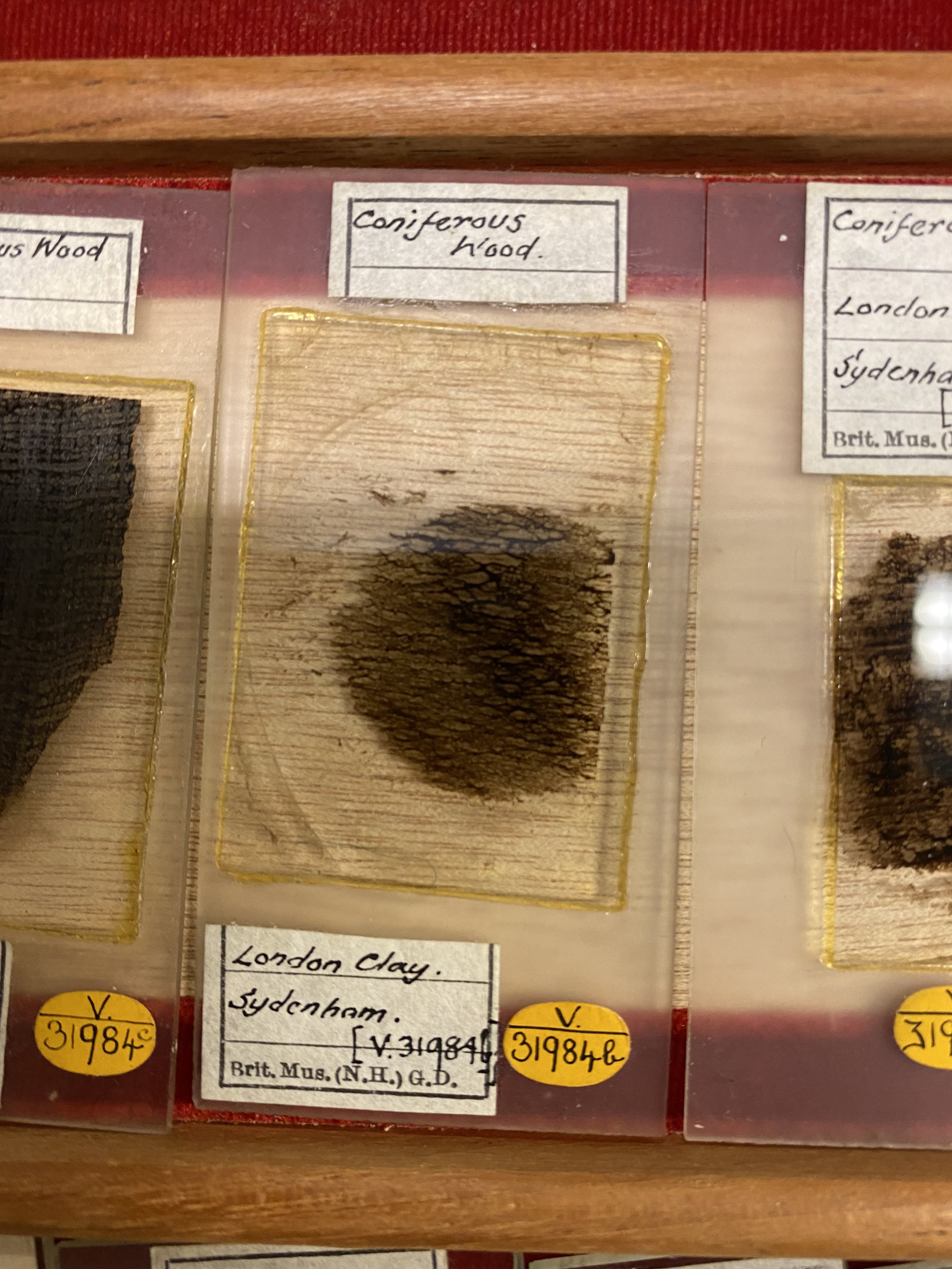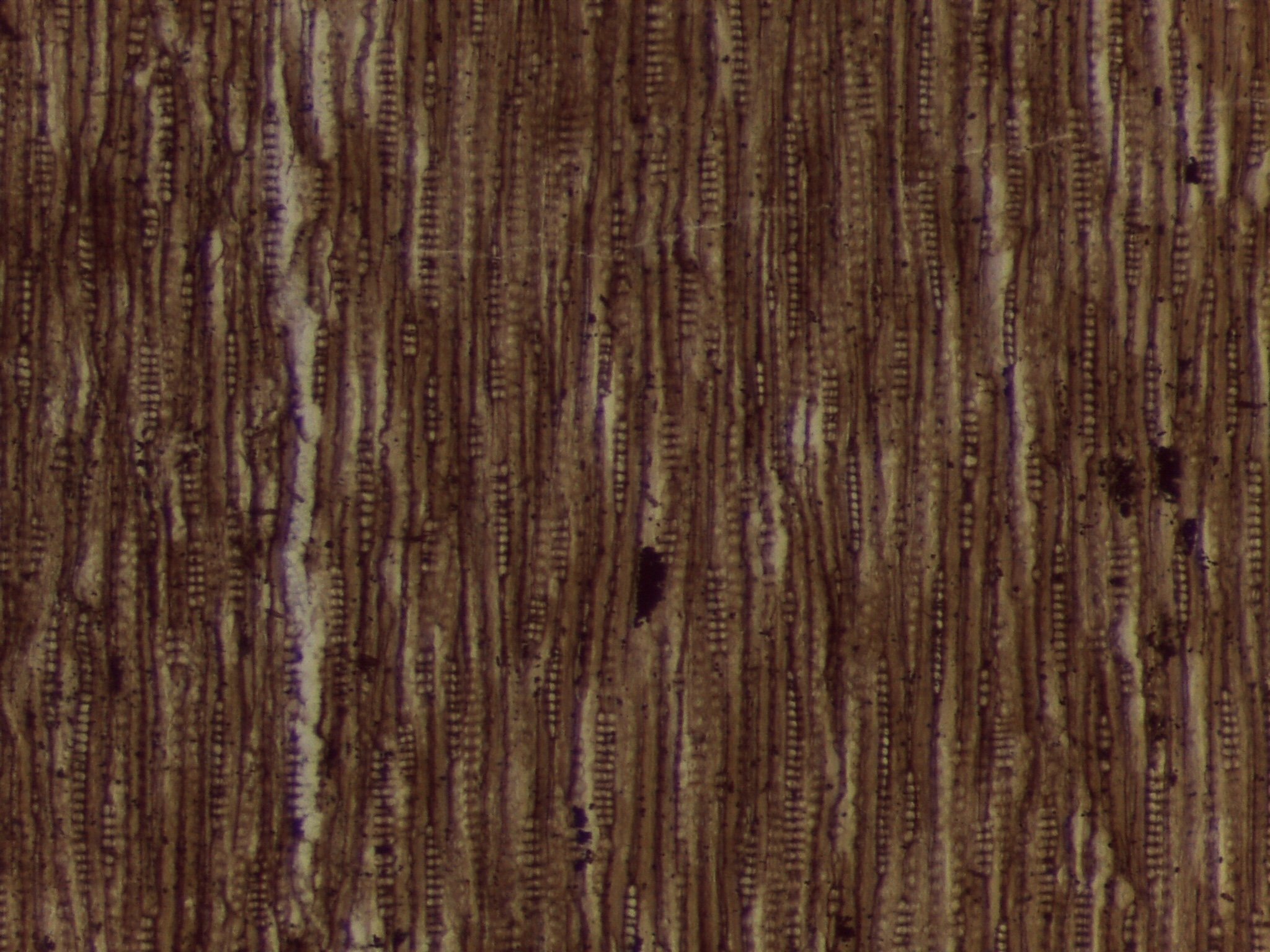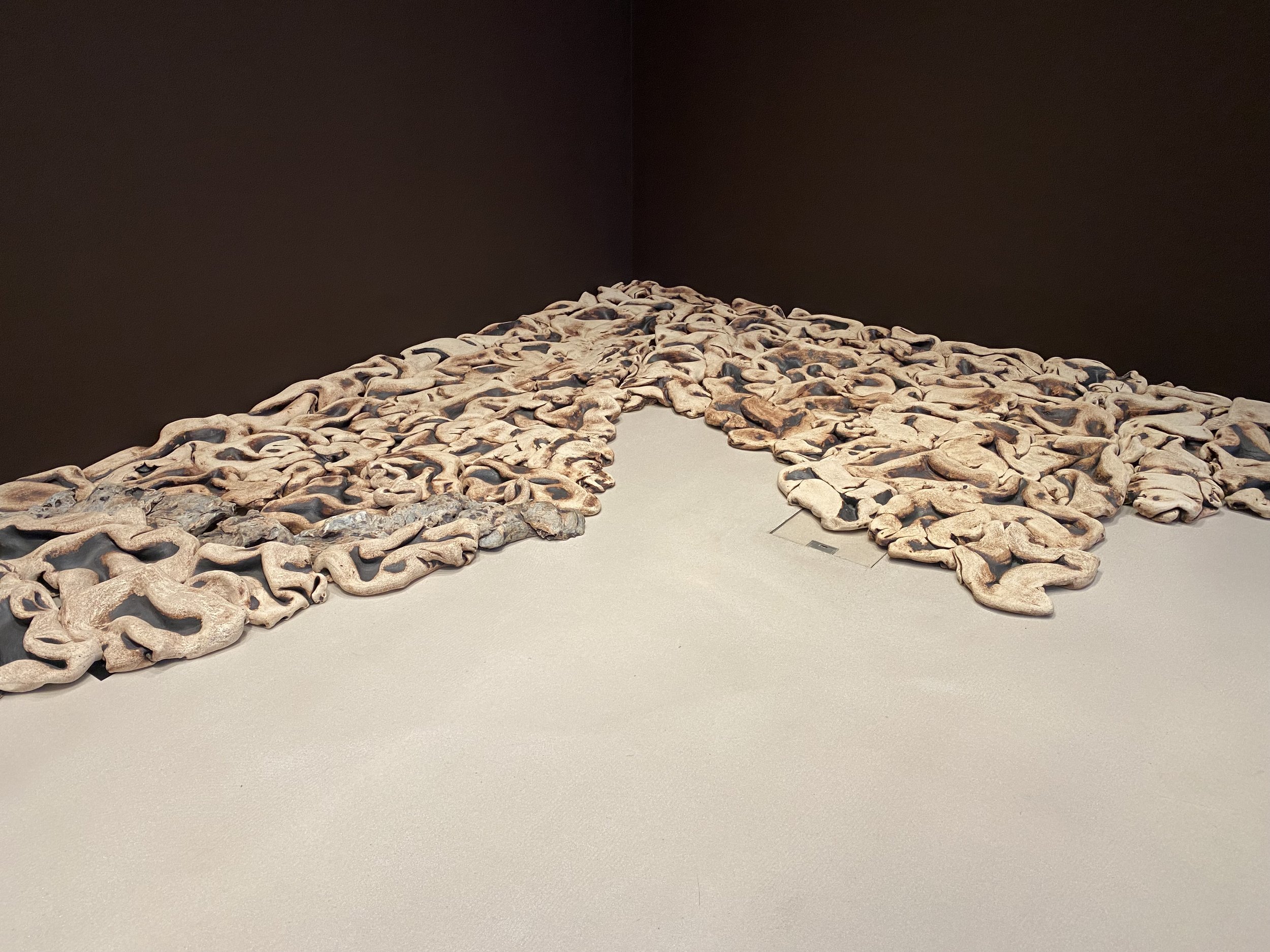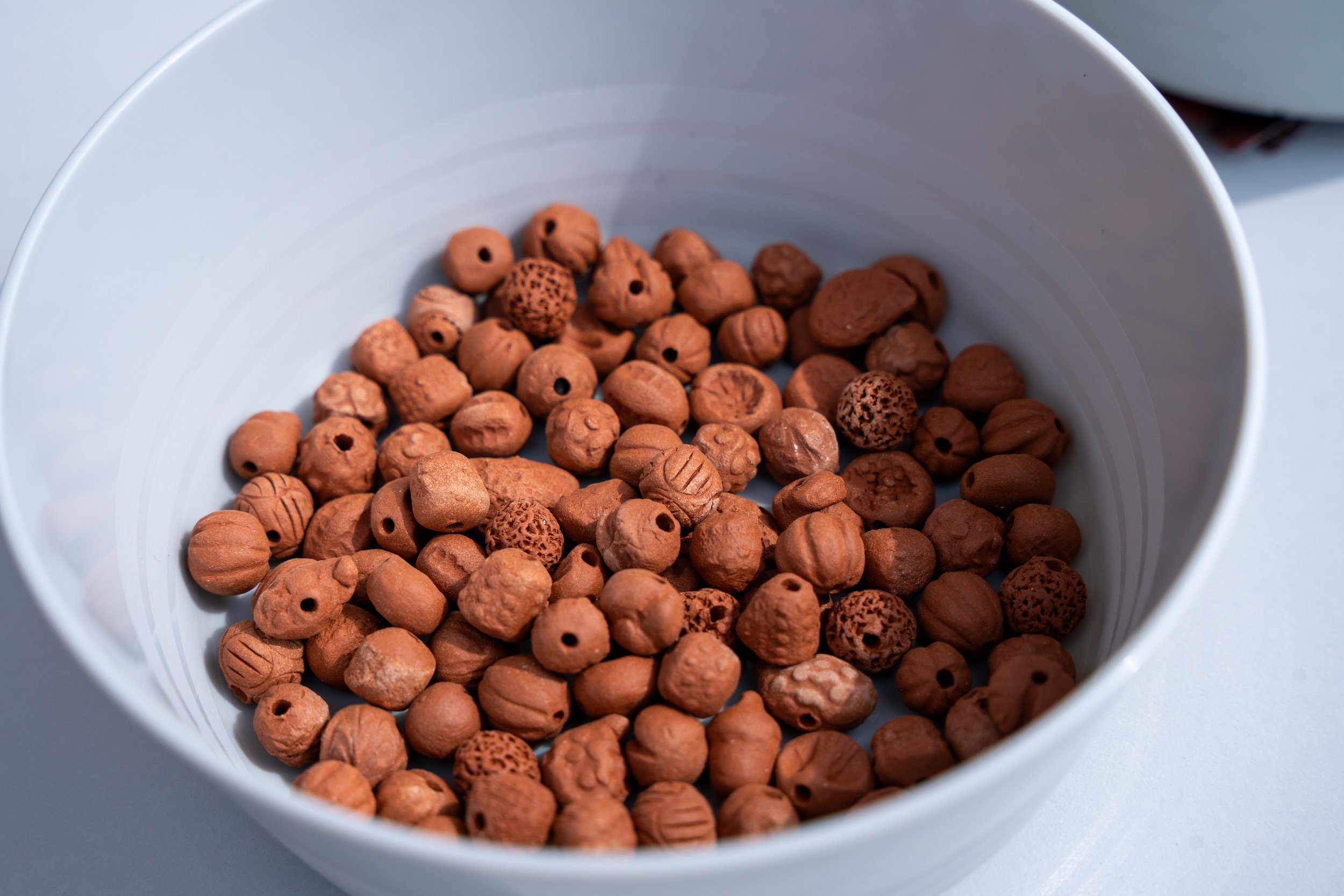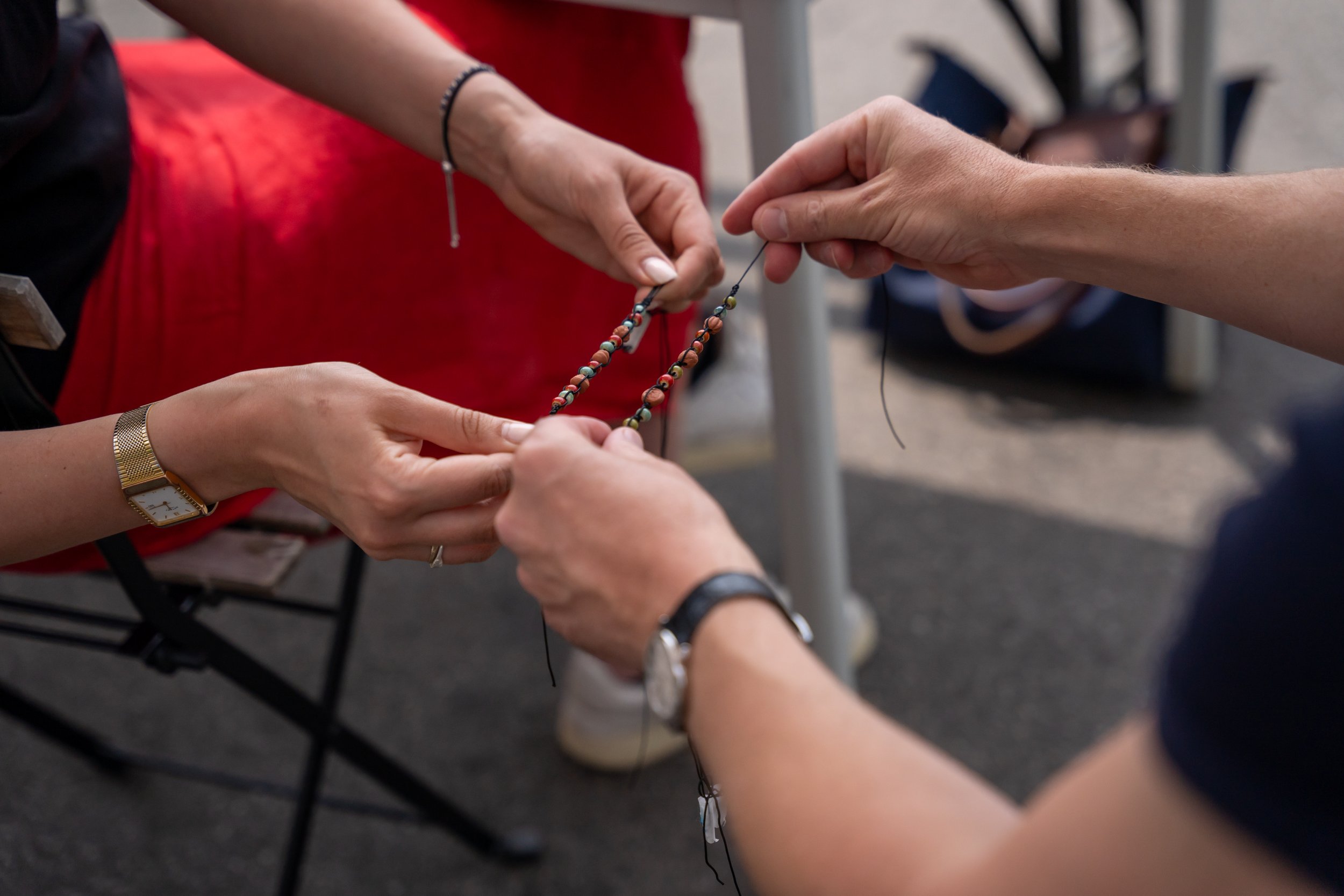London clay
In January 2020 I visited the mineral collection at Natural History Museum to look at coal samples, as I was working on a project examining different forms of carbon. During my visit I noticed a small lump of London clay in the exhibition. This sample started me thinking about the ground beneath London and how human activity might be affecting the layers below us. Does all of the pollution from London seep into the layers below? And what questions does this raise about geological authenticity, the Anthropocene and materiality? I set about trying to find out how to get hold of some.
In 2021 I received ACE funding to develop my work and research on clay. This page documents my journey. It was set up as a private record for me, but somehow people started finding it, so I have left it open for anyone to read. I have also got a more bite-size version of the page available here, if you don’t feel like reading through my full journey. I am still working on this project, so will keep updating the page as I remember to do so.
After conversations with Museum of London Archeology (MOLA) over the course of more than a year of lockdowns, they finally struck clay at a site in central London and in September 2021 I collected around 60kg or so of London clay, all from the same borehole. It came in neat little sections, compressed by the drill, which are all similar, but with slight variations.
The site is in Southwark, near London Bridge. It is a private development and the archeologists were there to monitor and look for anything of interest. I had a good chat with the archaeologist on site, who told me what she knew about the excavation. They were particularly looking for prehistoric and Roman remains and had found a fair few pottery shards and clay pipes. The site is right next to Crossbones Churchyard which adds an interesting angle. A few weeks after my visit they also found a rare Roman Mausoleum.
The clay was found way below all of this, at 20 meters depth or -15 od. London clay lies at the bottom of the excavation, above which is layers of sand, gravel, alluvium deposited by water, then human habitation. The area is part of the Bermondsey eights, islands underground that rivers flowed around and silt deposited around them. London lies at the end of the Alps, with mountains underground. The boreholes were dug with a rotary rig, which can dig to maximum of 50 meters. The first section is dug with a cable percussion rig to 15 meters. Then a sheath is created and the rotary rig comes in.
They had found quite a lot of contamination on site, particularly
diesel and had to make exclusion zones. They don't know where the contamination has come from. It would be interesting to get the samples analysed to see if we can identify it.
The clay is roughy 50 millions years old. I find it fascinating that we are the first creatures to see and touch it since it was deposited.
London Clay formation diagram(s)
History of London clay - from London Natural History Society:
Impermeable London Clay is also a sea-bed sediment, laid down 56-34 million years ago in the Eocene epoch. It lies on top of the chalk, and in some places is 150m thick. As with other clay soils, it is ‘heavy’ and not naturally good for agriculture, but two characteristics are very important for London: it is easy to be tunnelled and it makes very good bricks. Much of the London Underground system runs through tunnels dug into the London Clay, and this explains why there are few Underground lines south of the river: there is much less clay in this area. The classic yellow ‘London Stock’ brick is made from this clay, and can be seen in houses and buildings all over the capital. *see London brick section
Clay analysis
I have been talking to a soil scientist who specialises in soil formation of parent materials, exploring how pollutants seep into bedrock and whether they are re-released when bedrock breaks down.
We are both interested in what contamination has seeped into the clay and what happens to the pollutants when clay is fired. At 550 degrees C carbon burns off. This is called loss on ignition. Some carbon can remain at 800 degrees C. He would like to see how many pollutants are in the clay and how much burns off at different temperatures.
The clay was the seabed when London was under a deep sea and most likely originated from mountains in the East midlands (since disputed by others). The deposits above the clay will mostly be river deposits, around 2 mio years old.
He may turn the project into a student project - a PhD - in order to keep the costs down. The main costs are for the machine looking for contaminants.
Sadly shortly after sending the clay off the machine broke and eventually the project got dropped. Having waited for more than a year for the clay to get analyses after the machine broke down, I have now sent off samples to Ostrava University in Czech republic through a clay contact.
Notes on the local pottery heritage from the archeologist on site.
Most notable finds are from townsend family - Southwark delftware. They have found lots of tiles around here, mainly from 17th century. Under Charles II pottery changed into colour. In 1748 they discovered how to use porcelain in England
The below little cup is from about the time of great fire of London. They had all of the archeological finds in a plastic bag and were just tipping it out on a table to show me.
It seems there are two main routes that this project research could take - looking at heritage of pottery, traditions and importance of the craft and looking at the material as a geological feature and explore history, time, heritage, archaeology and composition of the clay as a soil. The two are not mutually exclusive, but they are both MASSIVE areas, so I have opted for focusing primarily on the geological/material aspect of the research. A possible cross-over is in the idea of place - how materials are used locally and the difference between material and technique.
Goldsworthy at National Museum of Scotland
Historical Uses of London Clay
I don’t think that London clay was much used. According to a contact within the London Geodiversity Partnership, the clay was used for Roman pottery, but other kinds of clay, such as brickearth were much wider used. Brickearth is yellow and much younger than London Clay. It is made from ground down stones from ice age glaziers, which reached all the way down to Finchley. More about this here. It came with rivers. Apparently during the ice ages much of the London geology was razed away by the glaciers, leaving a huge geological gap with, I assume, the clay exposed. When geoarchaeologists dig down, they usually stop at London Clay because it signifies the end of their area of interest.
From expert on nanofossils and London Clay Dr LG
London Clay was used for pottery, but I think Reading Formation and brickearths were preferred because there is so much pyrites and selenite in London Clay. The former two are known to have been used by major industries in the London area. Highgate Wood, a site of a major industry, may have used London Clay.
There were Romano British kilns in the City of London making pottery in the 1st and 2nd centuries – mainly in the Moorgate area particularly (most recently excavated by MOLA in 2000 with some smaller excavations by other archaeological units around 2005-10). The potters were using London clay and brickearth – the Moorgate potters were also bringing in white Reading Beds clays from the Radlett and Brickett Wood area, mixing them with London clay or using them on their own to make the (more expensive) white wares (flagons and mortars). I’ve lazily copied and pasted the main publication, available from MOLA. All the best and let me know if I can help further, Beth (Richardson).
Reference: Roman Pottery production in the Walbrook Valley: excavations at 20-28 Moorgate, City of London, 1998-2000 (2005) Fiona Seeley & James Drummond Murray
L also contacted the Principal Research Fellow in ceramic analysis, particularly petrologic analysis in the Dept of Archaeology at UCL. He specialises in thin sectioning and did some for MOLA a few years back. He says:
The London Clay is rich in smectite which makes it very plastic/sticky and not the best for ceramic production. It also has a high shrink-swell capacity, meaning that pots can shrink and crack upon drying. Nevertheless, it might have been mixed with a plastic 'temper' to counteract the plasticity. The shrink swell capacity can also be modified in this way or by mixing with another clay source. I am sure it was used for some rudimentary prehistoric ceramics.
V & A
There is an interesting area between Material - technique - object - place. A sort of linking between object, knowledge, geology and place. Ceramics are generally named after the place it was made and the style it was in and there is a long history of traditions that travel around the world - often through stolen ideas. I.e. porcelain, which was developed in China and was a closely guarded secret, was based on the prevalence of certain mines there, but geology rarely plays a part in the history of ceramic traditions. There is scope for looking at geological authenticity, tracing the object or even the material. This ties in with an area of interest of mine Object Oriented Ontology.
Work by Marlene Hartmann Rasmussen
Info on how to treat the clay
Process:
First the clay needs to be fully dried. Once dry, break it into small chunks, cover with water and leave until it is a mush with no lumps.
First strain the clay through a normal sieve, then pottery sieves in mesh between 60 to 100. Can use a washing up brush and a squeegee to force it through the sieve.
Then dry on boards - preferably plaster ones - and knead to make it uniform.
Could look into Terra Sigillata, which is a way of separating the clay into constituent parts. Top layer creates a sheet when brushed on other clay, but might be a bit boring. Apparently you can also use the other layers, but recipes online say nothing about this.
I have dried all of the clay out. I tried to keep it wet, but it started to rot when I did. Some is kept in sections, some sliced, some broken up. I like the shape of the slices - like scales - as well as the cone shapes it came in. And the way the clay crumbles. There are small shells in the clay, which I didn't realise and I have broken most of them. There is quite a lot of grit in the clay from the layers above it and the shells are similar in size to the gravel, so hard to tell apart when covered in clay. I haven’t actually managed to keep a whole one yet - the only one I found broke on the way to NHM. Which is sort of interesting in it sown right - it lasted 50 million years and then I broke it the moment I found it. I am not sure how much to do to the clay - in some ways I like to keep it as it is, but at the same time I have to do something to it.
I keep asking myself what Cornelia Parker would do, but I expect that that way lies madness.
Clay facts
The clay fires a lovely range of reds. The clay on the right has been fired at 1200 degrees and is, according to Javier, turning into lava.
Clay is much finer than soil, dirt or sand. It is the finest particles.
At around 150 degrees C free water in clay evaporates. At 573°C clay changes into a stone-like material. This process is called quartz inversion. There is water in crystals and at around 6-800 degrees C this evaporates. At any time before this temperature is reached, clay can be reclaimed through soaking in water and drying. After this temperature, it can also be reclaimed— but the process will take thousands of years!
From Clay Science Leaflet
Technically, clays are termed hydrous phyllosilicates: • ‘hydrous’ means they contain water; • ‘phyllo’ because they have a sheet-like structure (from ‘phyllo’, which means leaf); • ‘silicates’ because they are based on silicon
Clay’s main ingredients are Silicon, Aluminium, Magnesium, Iron and Oxygen. Clay’s mineral content is determined by its specific geological origin and varies according to location.
The properties of clay are amazingly varied: clay is resistant to heat, absorbs water, and is thixotropic (can turn from a liquid to a solid and back again). These properties mean clay is a useful ingredient in medicines, cosmetics, and can be used to make domestic items, line canals and reservoirs, and in industrial processes from paper production to mining. Clay’s texture changes most visibly according to the quantity of water it contains. As it moves from wet to dry, it resembles the qualities of other materials including paint, leather, cloth, pastry, wood and stone.
Clay is formed over thousands of years as rocks and volcanic lava are broken down by the effects of water, weather and interaction with microorganisms. High temperatures speed up the formation process. Microorganisms are often found in clay. Some are thought to have an effect on its plasticity, similar to yeast in baking. This may account for potters’ folk wisdom that if clay is left to ‘cure’ for some time, its plasticity improves.
Clay is the main element of catalytic converters filtering noxious emissions from cars. Crucibles are made of ceramic allowing metals to be melted at very high temperatures. Ceramics are used for spark plugs and electrical insulators.
Clay is virtually impermeable to water once saturated enabling it to work as a natural sealant. Does this mean that the fact that London has huge clay deposits below it actually protects the bedrock? *technically the clay is the bedrock. Could protect the ground water?
The pages of glossy magazines are covered in a thin layer of clay. Its absorbent properties soak up the coloured ink and reflect the images from a smooth surface. The glossier the page, the higher the clay content.
Dr JC, Natural History Museum
J works with replicating clays from Mars, which are full of Iron. Clay from Ocean Ridges where lava is pushed out is the closest to Mars clay that we have.
Legends around the world claim that life itself emerged from clay. Scientific findings point towards clay playing an important role in the emergence of life. Clay may have concentrated small organic molecules essential for life and fostered their condensation to generate large molecules such as RNA, DNA, and proteins. These molecules would have been primitive predecessors to those that developed fully in living organisms. Investigating clay on Mars allows us to learn more about the history of Earth and ultimately help us understand the conditions needed for life to form. Scientists have established that there are no tectonic movements on Mars. These movements on Earth have obliterated ancient rocks and erased geological clues to Earth’s early history. Through infrared spectroscopic investigation from satellites we know the make-up of clays on Mars, how and when they formed and can compare the resulting geological history with that of our own planet.
The reason why my clay is red when fired is because it goes from iron 2+ (green to grey clay) to getting oxidised and turning into Iron 3+. Sub 1000 degrees some minerals are destroyed, but it retains around 70% of its original structure. Around 1000-1200 degrees the minerals start breaking down and new minerals form. The more compatible those are, the more stable the clay. At 1250 degrees the structure is completely amorphous. It turns into a form of glass, which has no mineral structure (it is essentially disordered/chaos). I am basically making lava. All rocks start out as lava - there is a nice cyclical dimension to it.
If I fire it high enough it will start to sound metallic, like a bell.
Clays at NHM are classified by what they look like. They have no time to properly classify them, so they basically guess.
Denmark residency
Ulla Sonne creates clay dots on the surface of her work, which is then fired in wood-fired kilns and covered in salt during the firing. The dots trap carbon when fired, which cause the surface to change colour. She calls these carbon traps
12.5% shrinkage of clay at 960 degrees
Meeting with Christian
Christian collects traditional pots and is particularly interested in ways that these are repaired. He suggested looking into Bernard Leech and Hamada. Yanagi - on the unknown craftsman and Mingey. *I haven’t actually looked into any of these yet.
He talked about the shift in traditions during the Arts and Crafts movement towards studio potters rather than factories.
He suggested that the clay is grey cause there was no oxygen when it was formed, but I don’t believe that is actually correct. Jens, a Danish geologist explained that in Denmark clay is red close to the surface and gets paler as you go down. It has to do with the ratio of chalk and iron and whether the clay has seen exposed to oxygen. Not when it was formed but at a later date.
Experimentation with form
Basic thrown pots with Ulla. Playing around with traditional shapes and deliberate over-firing. The pots blister in an interesting way when fired a bit too high.
Cracks
I need to find out what technique this cracking is and how it is achieved. According to Ulla it is possibly waterglass. There is something I keep returning to about cracked surfaces. Theaster Gates at Whitechapel Gallery and a Kintsugi bowl I mended this year are examples of this. V&A had a section on it in their exhibition. Cracks are interesting. They are seen as something undesirable in the west, but Kintsugi has a beautiful approach to them, seeing cracks as a sign of lived experience and as something to be celebrated rather than hidden. Doris Salcedo deliberately made sure that the cracks she made in the Tate Modern floor were filled in in a way that they were still visible as scars after her turbine hall exhibition.
Orli, a ceramicist explained the process to me. You dry the surface and then throw the clay, stretching and cracking the surface. We have since started working together. A few examples of the cracks we’ve made below.
Dots
Making dots with London clay. Looking at maps, layers, topography and prehistoric art. A kind of riff on the idea of pigment, pointillism, screen printing and separating out dots. Look at aboriginal art. Something about processes and ways of making things. Traditional crafts, prehistoric methods, industrial construction, digital technologies. Can I 3D print with this clay? *Technically yes, but I would need to do a residency at Guldagergaard in Denmark where they have a 3D printer I could use, so this might be one for a later date.
This early sketch was based on a small clay blob. I like how it looks a bit like a foetus from one angle, an island or mountains from another. This could be something to play on. The duality and also the idea of geological features and landmarks. Don’t really think of geological landmarks in London or in fact of the layers below ground.
Forms of topography
Below some more experiments with shapes, size and colours.
BD from Angela Marmont Centre mentioned it might be fun to work out what form of rock the clay would become if under pressure. Maybe I could turn it into rocks? They can make diamonds out of coal…
I put the idea to JC, who was pretty lukewarm about it, approaching it very much like a scientist:
‘Making lava is easy: just lots of heat and cool down quickly: the final product is mostly amorphous, without crystalline minerals. Making high-temperature, high-pressure minerals is a lot more difficult because one has to give them time to crystallize. People do this in the lab. Typically only a few milligrams of mineral are formed. Reasons: the smaller the sample the easier to create an apparatus that can generate the very very high pressures required and the high temperatures, all this with the appropriate control on both, so that ALL the sample experienced exactly the same conditions.
The Anthropocene is not about people making minerals at home and throwing them in their backyard. Minerals are very difficult to create and there is no chance that we can modify the crust with this sort of activity. How about minerals made at industrial scale: concrete, brick, etc.? They are so weatherable that they will not last: they will become clay in a very short time (from the point of view of geology). The Anthropocene is about a more complex situation. Man changing the environmental conditions (temperature, atmospheric composition, water composition...) which will modify the sedimentary record somehow, although in a way that it would take an expert and sophisticated analyses to notice. For example, higher lead concentration is sediments and things like that.’
Magnetising clay: My son suggested that I could put steel dust in my clay to make it magnetic and move it around. He thought I could make little earthquakes with it, which is rather clever really. It works surprisingly well and the balls are still (less) magnetic even after being fired.
Bricks near my studio. Bricks are very interesting once you start looking at them close-up.
Meeting with Peter Minter from Bulmer Brick and Tile co.
After the Great Fire of London in 17th Century, London Clay was used for rebuilding London. Before then houses were made of timber, but the fire obviously highlighted the issues of using wood for houses. This brick was known as London Stock and was a cheap brick. The bricks were fired in Clamp rather than Kilns. Clamp was a huge stack of bricks surrounded by wood and other flammable stuff, which burned for weeks. At the end you would get a mixed result - some were overfired and cracked, some were not fired at all. Offered a decent yield and could be made anywhere.
To get better results and higher firing temperatures they started mixing rubbish into the clay, which would raise the firing temperature of the clay. This would also change the colours. There used to be two giant waste piles in London. One was at North East side, near Liverpool Street Station. These were both sold to St Petersburgh when it was build. So it was based on London rubbish.
The results of just adding whatever was around were always variable. Now we add lime, slate lime and breeze (partially burned coal). Much of London was rebuilt from what is underneath us, literally using whatever was around. Clay, but also rubbish to stabilise the bricks. Ash. This may have changed the colour of the clay to make it yellow rather than red. If you look at old bricks, they are full of other ‘stuff’.
Most bricks in the 1900s were made in Kent from London based clay. There was a barge called Spanish that too waste down to the Kent site and took back bricks. This was known for the smell. This place supplied stock to the Tower of London, Dover castle etc.
London clay shrinks around 12%, which is quite a lot and resulted in cracks and uneven bricks. Adding tempering material meant that the clay dries quicker, makes it stronger and the bricks would actually catch fire on the inside. As they were also mixed with sand and other things, they would be more porous and not explode.
Bulmer bricks used 35 million years old clay from Northern edge of London clay seam. London clay is not a uniform thing. It was formed over a long time. Clays vary and there are pockets of sand and other stuff. For instance sand might be formed from tsunamis caused by ice pieces falling into the ocean in Norway.
Fossils
DC is a member of the London Geodiversity partnership
Artists they have already worked with include Gayle Dickerson and Dee McLean
She listed the main fossils found in the clay as:
Crabs and lobsters
Shells, bivalves and
Nautiloids – still exist, found in deep seas in Indian Oceans
Phosphate nodules
Septarian nodules. Lots of these are found in Isle of Sheppey. Apparently the reason that everyone talk about these is that it is really boring just looking at layers and layers of clay and they break up the monotony a bit. They form at specific layers. Used to use it for cement, they ground them down in Roman times. They are lumps forming around something made from calcite. Barite chrystals form too. Sheppey fossils have got a section on Septarian nodules
Magnolia, which tells you there is seasonality. At this time Britain was around the same as Barcelona, much warmer.
You get birds and a few mammals that were washed out to sea
Plant materials is not uncommon. Need to get hold of Fossil plants of the London Clay by Margaret Collins.
The word fossil is derived from the Latin fossilis meaning ‘unearthed’. Dr LG studies nannofossils, which can say a lot about the clay. Including forams (example here). Leaf fossils are not actually fossils, but rather carbon imprints of the leaf left behind as everything else dissolved. I like the idea of carbon prints although this is probably one for another time.
Fossils of different kinds is a theme which keeps popping up.
Dr. PH
I spent a wonderful day with PH photographing the cells and structures of ancient wood fossils found in London Clay. P works with fossilised leaves from the late Eocene period, which is roughly the time my London clay is from (give and take a few million years). Back then London was under water and the climate here was much hotter. This is the last time there was a major climate shift, brought on by tectonic movement. PECM - Paleocene/Eocene Thermal Maximum apparently. As our climate is changing in rapid and unpredictable ways, it is becoming increasingly important to understand the last change.
Eleanor Reid and Marjorie Chandler made London clay famous with their book The London Clay Flora in 1920s - 1930s. It was the first work that comprehensively labelled all London clay plant fossils and is still used as source material. They based it largely on fossils collected by Bowerbank in 1800s. It is full of monographs with detailed descriptions of everything that they found,
Yellowstone petrifying wood in real time
You never find the whole fossilised plant together, so therefore each bit gets given its own name. They described hundreds of fossils and named a whole section after British bishops.
The Natural History Museum London Clay fossil collection is the actual fossils that are is the original books. They all suffers from pyrite decay and cannot be taken out of their little jars. London Clay flora used to be preserved in pyrite, but is now preserved in silicon oil. The original plant fossil collection is quite frankly dull as it is just little jars of blurry oil.
There used to be forests in the arctic regions (not at poles, which have no actual land mass)
Fossilisation of the plant matter was caused by high levels of calcium carbonate from dying molluscs dissolved in the water, seeping into the plants and petrifying them. (Probably) the same molluscs that cause chalk cliffs. Petrifaction of wood (and plants) happens really quickly. Over days/weeks not years in places such as Yellowstone. Can I make some I wonder…?
Rings in trees on the slides are fascinating to me because you can literally trace time frozen in place and watch how the tree has grown. Trees need seasonal changes in conditions such as temperature or humidity in order to form rings. In places with stable conditions the cross section of trees would be more or less constant.
A little piece of clay is also a slice of space-time. The clay is so old and was formed so slowly that it is a completely different timescale to ours. It was made over millions of years from particles transported a long way from other parts. We will one day contribute to geology. .
Geologists on our walk, examining the soil of a newly dug grave. They seem to exist in another time altogether, oblivious to the here and now issues around looking at a fresh grave on a busy Saturday full of mourners.
Nannopalaeontologist Dr. LG:
L works on oil platforms to determine the geological conditions. He has helped me find out about historic uses of London clay and has offered to analyse some of my clay to look for nannofossils.
I met him at a Geology walk organised by London Biodiversity Partnership.
Some facts from L:
PETM - Paleocene - Eocene Thermal Maximum. A climate event that occurred at the time boundary of the Paleocene and Eocene geological epochs. The exact age and duration of the event is uncertain but it is estimated to have occurred around 55.5 million years ago. It was linked to volcanic activities.
The associated period of massive carbon release into the atmosphere has been estimated to have lasted from 20,000 to 50,000 years. The entire warm period lasted for about 200,000 years. Global temperatures increased by 5–8 °C. Since at least 1997, the Paleocene–Eocene Thermal Maximum has been investigated in geoscience as an analog to understand the effects of global warming and of massive carbon inputs to the ocean and atmosphere, including ocean acidification. It also caused major changes to the flora and fauna of the planet.
From a presentation sent by L. Apparently my clay is likely to be full of these tiny fossils and he should be able to identify them.
Chalk is made from billions of nano organisms with calcite based exoskeletons dying. Flint is another form of silica based creature mixed in with them, which congeals into a jelly and fill the voids in the chalk. What do humans become? Soil?
Clay for artists tends to not be mined, but mixed in factories from processed minerals.
L studies nannofossils, and I’m still trying to work out what the point of that is. I keep coming up against this with scientists, they find it obvious to everyone else why what they do it important and interesting, so sometimes it takes a bit of digging.
Turns out they can tell us a lot about the age of things like clay and also, key to what L does, they are likely to tell us whether there is likely to be fossil-fuels present.
Also, clay is a rock. Just an unconsolidated rock. I asked ‘what is a rock?’ and this sent a group of geologists into agonising. Apparently they’d never been asked that question or thought about it.
Anthropocene
The word Anthropocene comes from the Greek terms for human ('anthropo') and new ('cene'), but its definition is controversial. It was coined in the 1980s, then popularised in 2000 by atmospheric chemist Paul J Crutzen and diatom researcher Eugene F Stoermer. The duo suggested that we are living in a new geological epoch.
It is widely accepted that our species has had such a significant impact on Earth and its inhabitants that we will have a lasting - and potentially irreversible - influence on its systems, environment, processes and biodiversity.
The Earth is 4.5 billion years old, and modern humans have been around for around a mere 200,000 years. Yet in that time we have fundamentally altered the physical, chemical and biological systems of the planet on which we and all other organisms depend.
In the past 60 years in particular, these human impacts have unfolded at an unprecedented rate and scale. This period is apparently referred to as the Great Acceleration. Carbon dioxide emissions, global warming, ocean acidification, habitat destruction, extinction and widescale natural resource extraction are all signs that we have significantly modified our planet.
Geologists disagree over whether humans will have a lasting and meaningful impact on the chemical composition of the rocks and fossils beneath our feet. This is what will need to be proven to declare a new epoch. Humans have been around for such a short period relative to Earth's history that it may be too soon to tell whether our impact will be visible in the fossil record millions of years from now.
The International Commission on Stratigraphy - the body which oversees how we talk about the history of Earth - has the power to decide on and name geological epochs. They are still debating the proof for the Anthropocene and are looking for what's known as a 'golden spike' - a marker in the fossil record which could demarcate the Holocene from the Anthropocene.
This marker will have to be so significant that it would be detectable in rock layers thousands and even millions of years into the future.
Clay art
Images from recent trip to an exhibition at London Mithraeum by artist Fernando Casasempere using found clay. It was generally better in images than in person, but it was nice to see how others go about using clays in a sculptural way. He had a great title though - Scratching the Surface.
Theaster Gates at Whitechapel last year. Looking at the (black) history of pottery and traditions of making and ways of pushing the material. A bit too much narrative for my liking, but some interesting works.
Fossils in the floor of a shopping centre and works by Gail Dickerson using London clay
Nannofossils
I photographed the grit I strained out of the clay and found a variety of nannofossils and tiny (crushed) shell fragments. I had these identified and they are a variety of sepuloid worms, rhabdaminas, foramines and other latin names that make very little sense to me. Unfortunately they don’t say much about the clay, being quite common, but they are very striking.
Finding London clay on the thames foreshore
I was asked to find clay on the Thames and spent some time working out where to find this. This involved quite a lot of digging (both metaphorically and practically), but in the end I was given very specific directions to a place in Hammersmith.
Most of the clay there was mixed in with water and river mud, but I collected as much as I could and set about sifting and cleaning it, which was not for the faint-hearted. There were lots of things moving in there.
Most of the larger bits I discarded without looking too closely, but I kept the finer sand, which looked a lot like what came out of my other clay samples, only a lot lighter and less dense.
I brought this to LG, who helped me look through it and identify what we were looking at and we were both amazed at what we saw. It is a whole little world in there, a mixture of old and new, organic and manmade.
Left is sand from the old clay under a microscope, right is from the new clay.
I brought the samples to AMC where I was looking through and photographing them in more detail. I told F that I was interested in looking at themes around the Anthropocene and he though I said entropy, which is actually a good word for what these images are. A microcosm of everything in flux and continually breaking down. With little sparkles of plastic, which will stay there possibly longer than most of the other elements.
The last image shows a mixture of organic plant material, an ancient fossil, fish scales and a piece of glitter
Using my research as a starting point, I have been working with ceramicist and sculptor Orli Ivanov to explore themes around deep history and the Anthropocene. Natural forces of contraction, expansion, heat, are all the processes of ceramics. We have been replicating large-scale natural processes on a micro scale, exploring chaos and order and the human impact of on balanced planetary systems. Below are a few ‘before and after’ images of experiments using man-made and found materials.
I then returned to AMC to examine the underlying order of our work, invisible to the naked eye, through a microscope, discovering its micro universe, the universal coding if you will. Through this, familiar patterns emerged, resembling images from telescopes of nebulas, weather patterns, brain scans, earth's landscape images from satellites. The below images are a few examples of the photos I took. There’s a wonderful tactility to the images. I would like to print them out, large scale, to allow people to get lost in their amazing details.
I organised and ran workshops for the site developers of the original clay site. The idea was to use materials found on the site to help put the development into context - and to allow people to make something tangible from the site to take away with them. In this case in the form of bracelets.
I made a batch of clay beads from the 50 million years old London clay found at the site made in advance of the workshops. The funny shapes are based on microfossils found in the clay.
My absolute favourite moment of the day was a mother and grownup son making bracelets together. He had just moved to London from abroad and she was visiting for the first time and making the bracelets together gave them a tangible memento of the trip. Or as she put it - the best souvenir she could have possibly got from her trip.
I am thinking of developing these as a little London souvenir. I have also given one to everyone who have helped me on the project so far and they seem to really value them.
I have begun working with Geoarchaeologists, which is not an area I was familiar with. Technically it is incredibly dull - looking at bits of dirt, but I have had some fantastic conversations with E from MOLA. He originally piqued my interest by referring to traditional archeology as ‘mining’ - going in to look for very specific treasures, which we then extract, whereas geoarchaeology looks at the context between archaeology and deep time. This got me thinking about archaeology in general and our relationship with what we dig out of the ground. The constant emphasis on a very particular value system, which is based on a particular view of history. Why are certain objects dug out of the ground deemed more interesting than others? E is from Bolivia and told me that the difference between studying archaeology there and in the UK is that in Bolivia it falls under anthropology due to a lack of written records, whereas in the UK it comes under history.
We have had lots of chats about the Anthropocene and (hu)man’s place in the world. How everything is interconnected and ways of readdressing our western worldview in which man is seen as somehow separate to nature.
After several conversations, we put in a grants application through the MOLA Impact Accellerator creative residencies, which was granted in April 2024. I have made a new page for this project, tentatively titled Future Fossils.









